Wainscoting has long been a go-to design element for adding texture, elegance, and charm to interiors. Whether you're looking to elevate a room’s aesthetic or seeking a practical solution for high-traffic areas, there’s a wainscoting style that fits every home. From classic wood panels to sleek modern designs, the right wainscoting can transform a space, making it feel polished and inviting. This collection of 25 wainscoting ideas offers inspiration to help you get started with your own design project. Let’s dive in and discover how you can use this timeless technique to enhance your home’s decor.
1. Traditional Wood Wainscoting
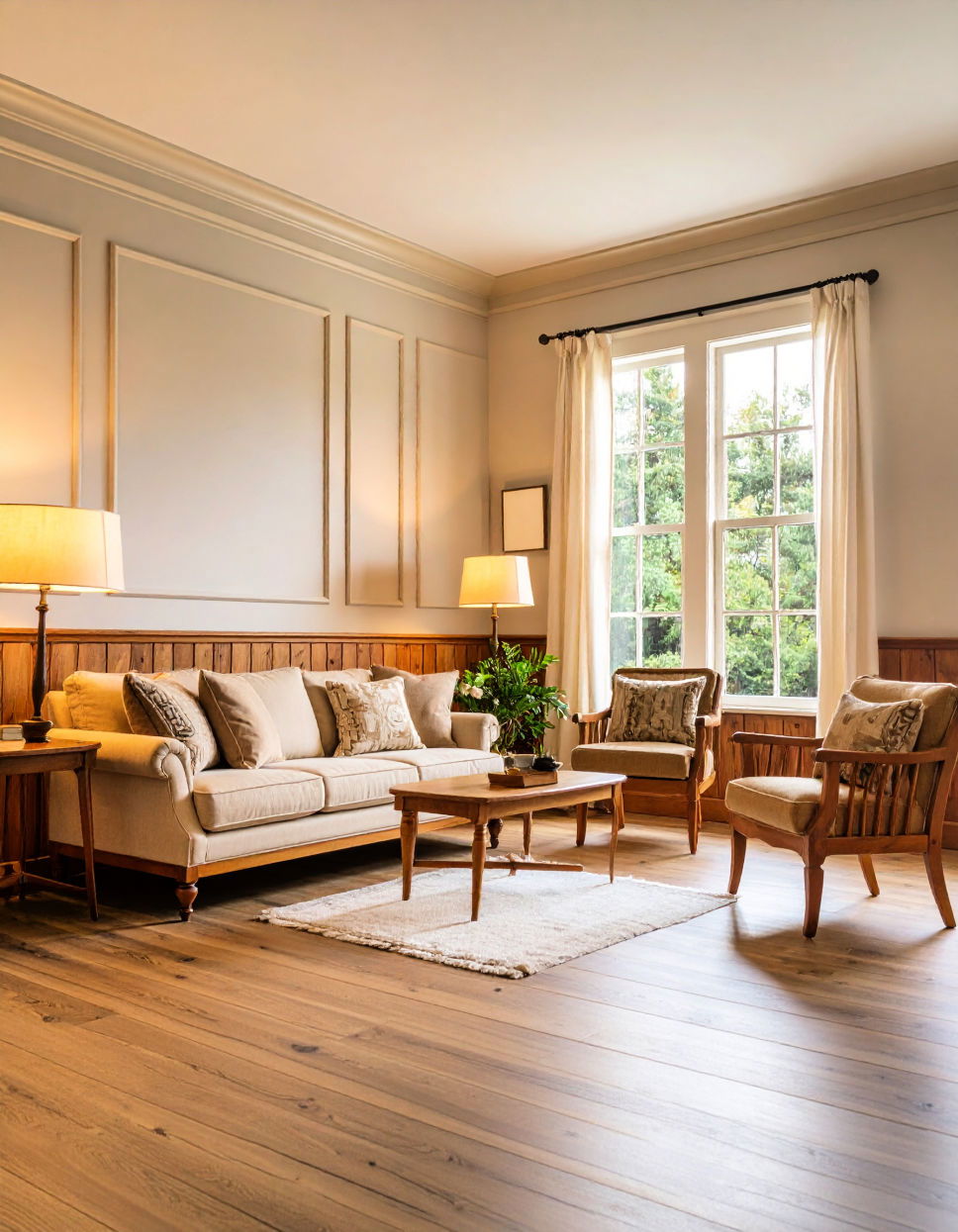
Wood paneling remains a staple in interior design, offering timeless beauty and warmth to any room. The natural grain and rich hues of wood create a cozy, inviting atmosphere, perfect for both traditional and modern spaces. Using wood for wainscoting adds a rustic charm to living rooms, hallways, and dining areas, while also providing durability and easy maintenance. To keep the look fresh, pair the wood panels with lighter wall colors or complement with vintage-style furniture for an authentic, classic appeal.
2. Shaker-Style Wainscoting
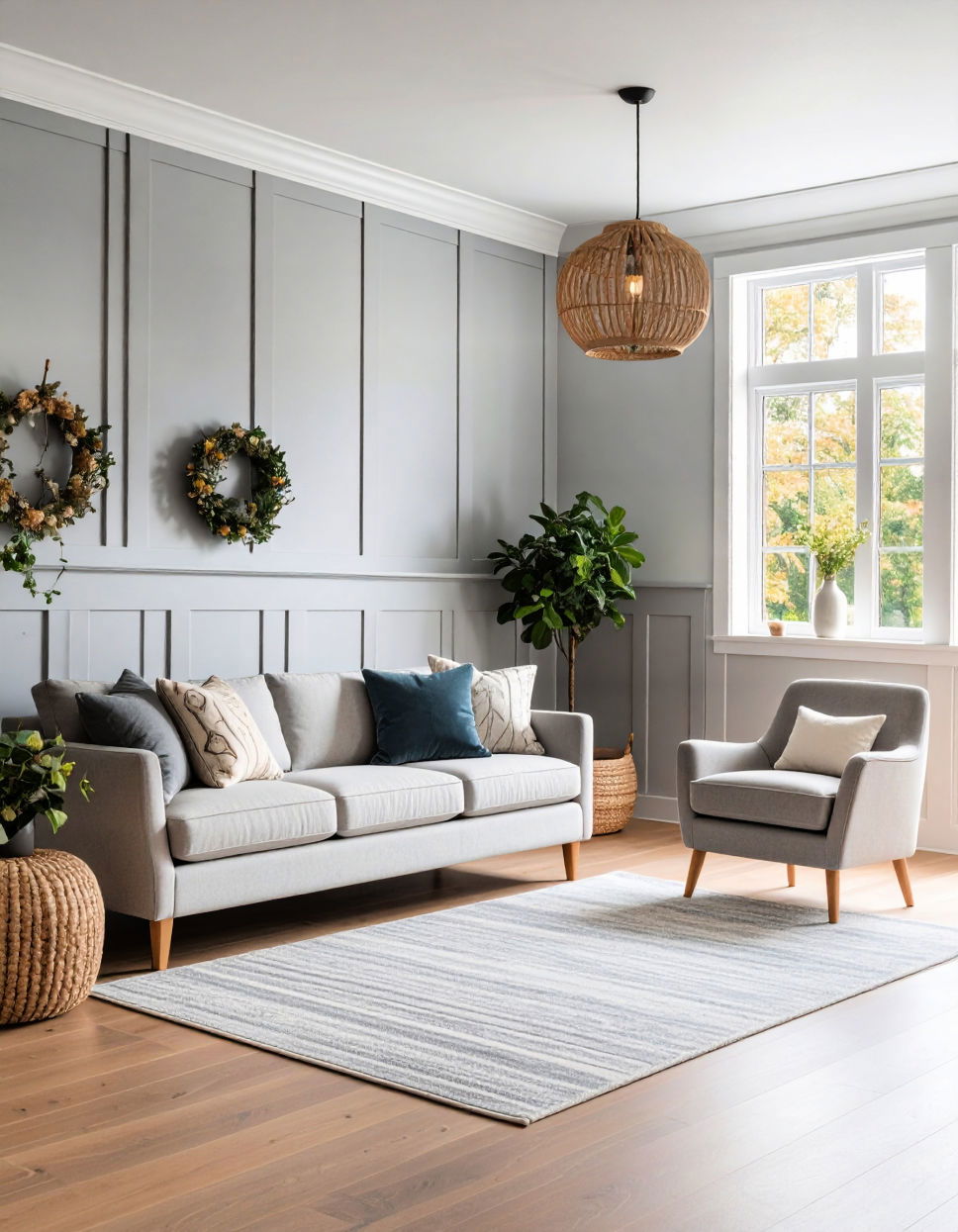
Shaker-style wainscoting is a clean and simple design that emphasizes functionality and understated elegance. Its straight, unembellished lines work well in contemporary or farmhouse-style homes. The minimalist design allows other design elements in the room, such as art or furniture, to take center stage. Opt for a neutral color palette like white or grey for a modern feel, or choose darker shades like navy or charcoal for a more dramatic impact. This style is perfect for creating a calm, organized ambiance in any room.
3. Beadboard Wainscoting
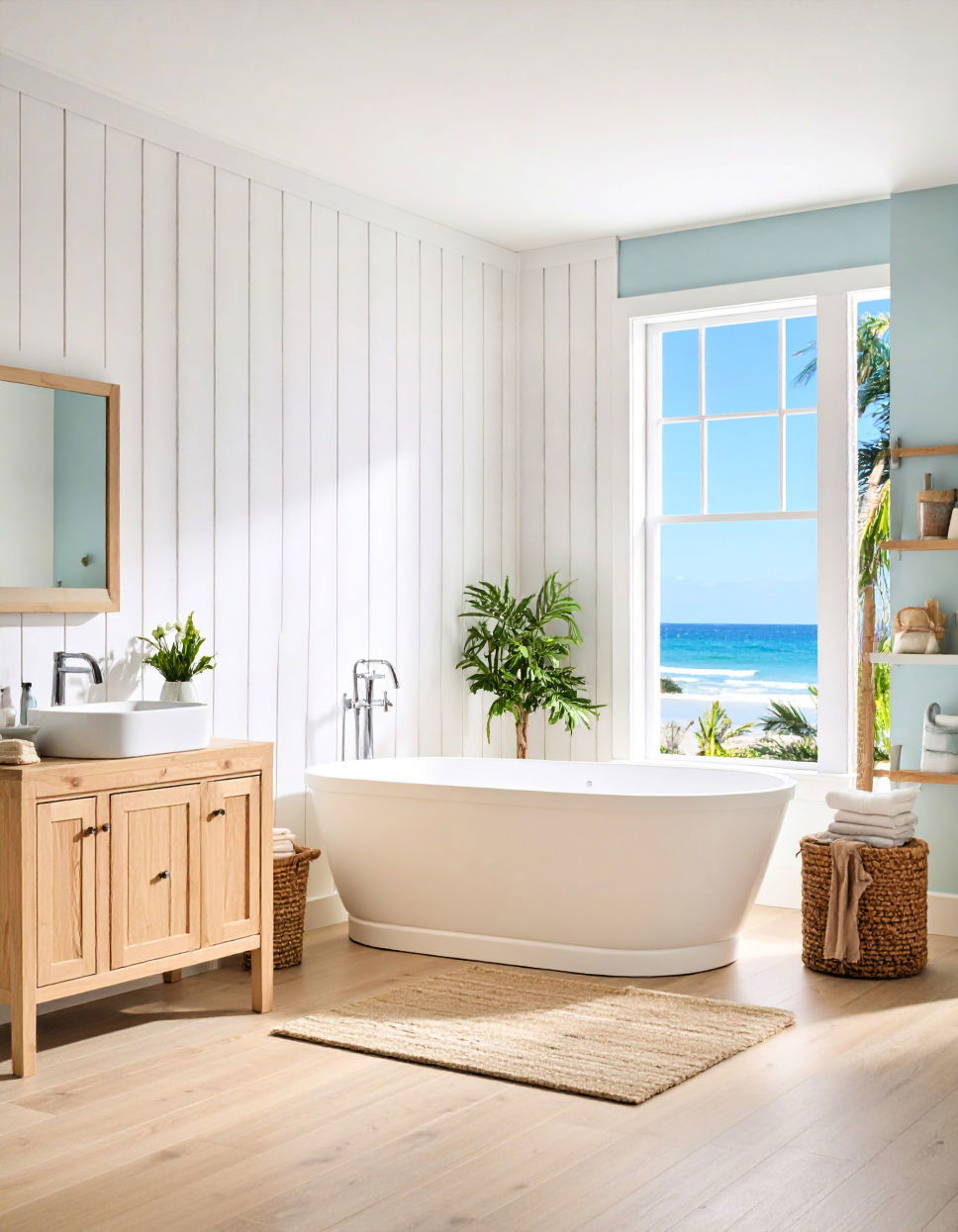
Beadboard wainscoting brings a sense of texture and dimension to walls with its series of vertical slats. This type of wainscoting is especially popular in coastal and cottage-style homes, evoking a breezy, relaxed vibe. It works wonders in bathrooms, kitchens, and even mudrooms, where moisture is present, as the wood can be treated to resist damage. A crisp white finish is often chosen to maintain its fresh, beachy feel, but it can also be painted in pastel shades for a soft, colorful accent.
4. Paneled Wainscoting

For a high-end look, paneled wainscoting delivers a sophisticated, custom feel that elevates any room. Its structured design features panels of varying sizes and can be crafted from wood, MDF, or other materials. Paneled wainscoting adds both depth and richness to spaces like entryways and dining rooms. It’s an ideal choice for those who want to make a bold statement with their walls. Use dark wood or high-gloss paint to enhance the luxurious vibe, or go for a neutral tone for a more understated elegance.
5. Raised Panel Wainscoting
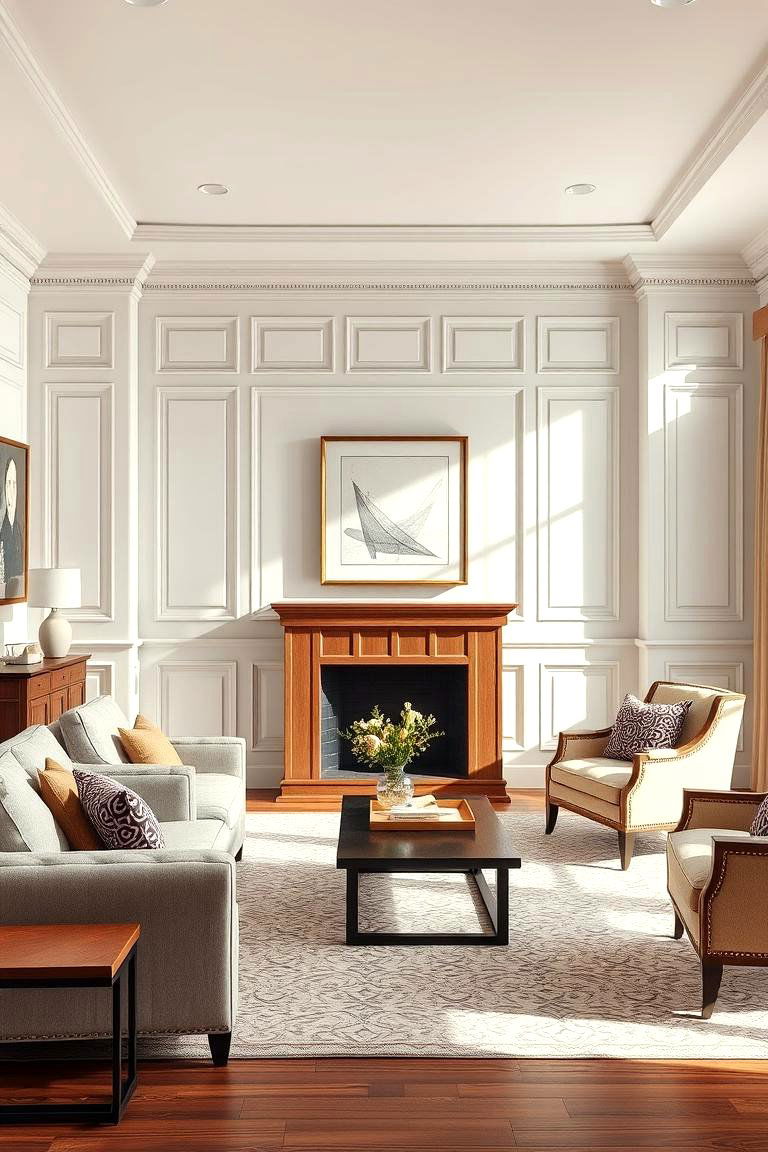
Raised panel wainscoting adds a level of depth and texture that is perfect for traditional spaces or formal rooms. With its 3D effect, this style creates a visually appealing, architectural feature that draws attention. Raised panels can be installed in a variety of materials such as wood, MDF, or even PVC for a more budget-friendly option. The raised sections allow light to create subtle shadows, enhancing the look of the design. For a cohesive look, consider matching the panel color to other wood accents in the room.
6. Modern Wainscoting with Clean Lines
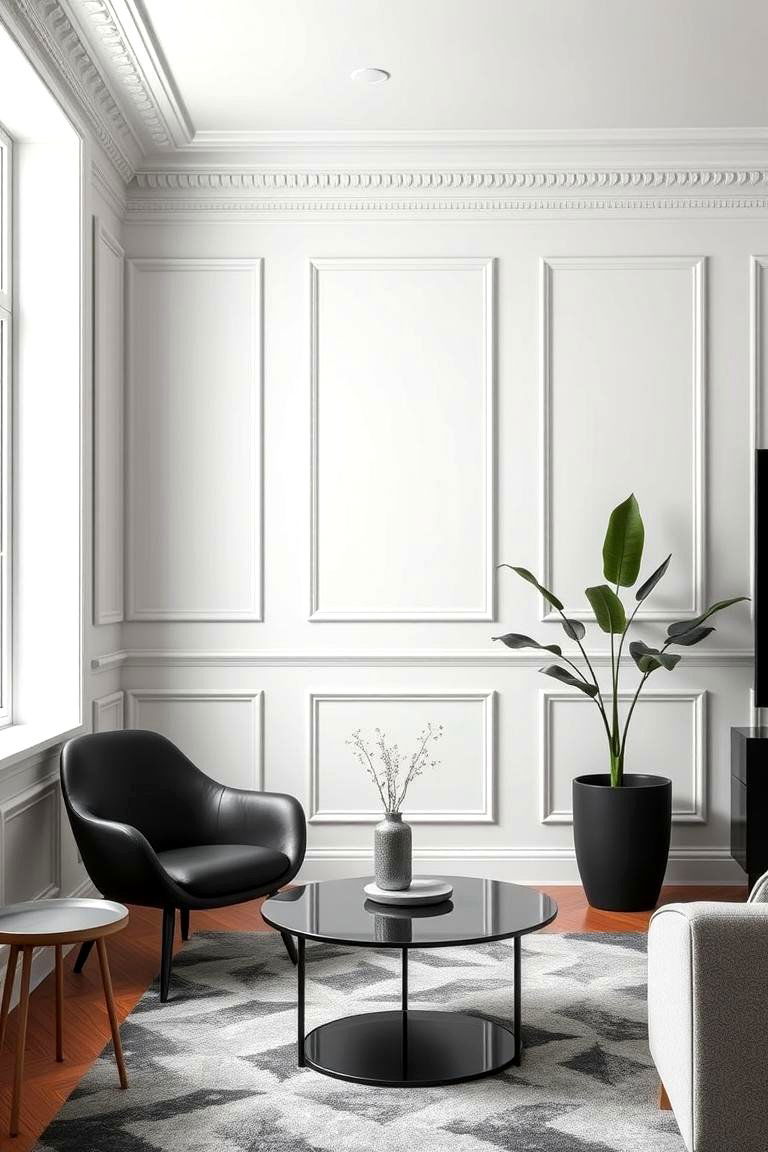
If you love the look of wainscoting but prefer a more contemporary aesthetic, go for modern wainscoting with clean lines and simple profiles. This style strips away traditional ornate detailing and focuses on straight edges, minimalistic panels, and smooth finishes. The result is a sleek, sophisticated look that complements modern furniture and decor. You can experiment with monochrome color schemes or use bold, contrasting hues to create a striking visual effect.
7. Farmhouse-Style Wainscoting
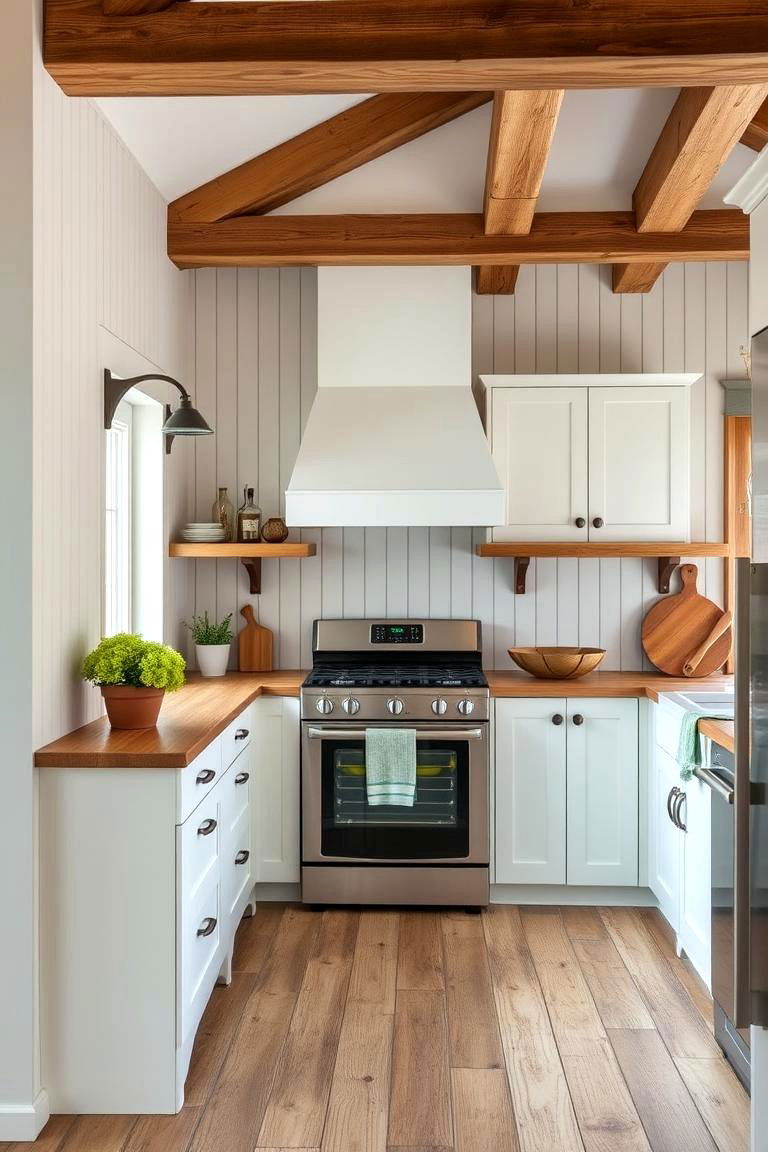
Farmhouse-style wainscoting brings a rustic, lived-in charm to a space, creating a cozy, inviting atmosphere. This style often combines beadboard panels with a weathered finish, giving the room a touch of country warmth. It works beautifully in kitchens, bathrooms, and even entryways, evoking a sense of nostalgia and simplicity. Pair farmhouse wainscoting with exposed wood beams and vintage accessories for the ultimate country-style home.
8. Wallpaper Wainscoting
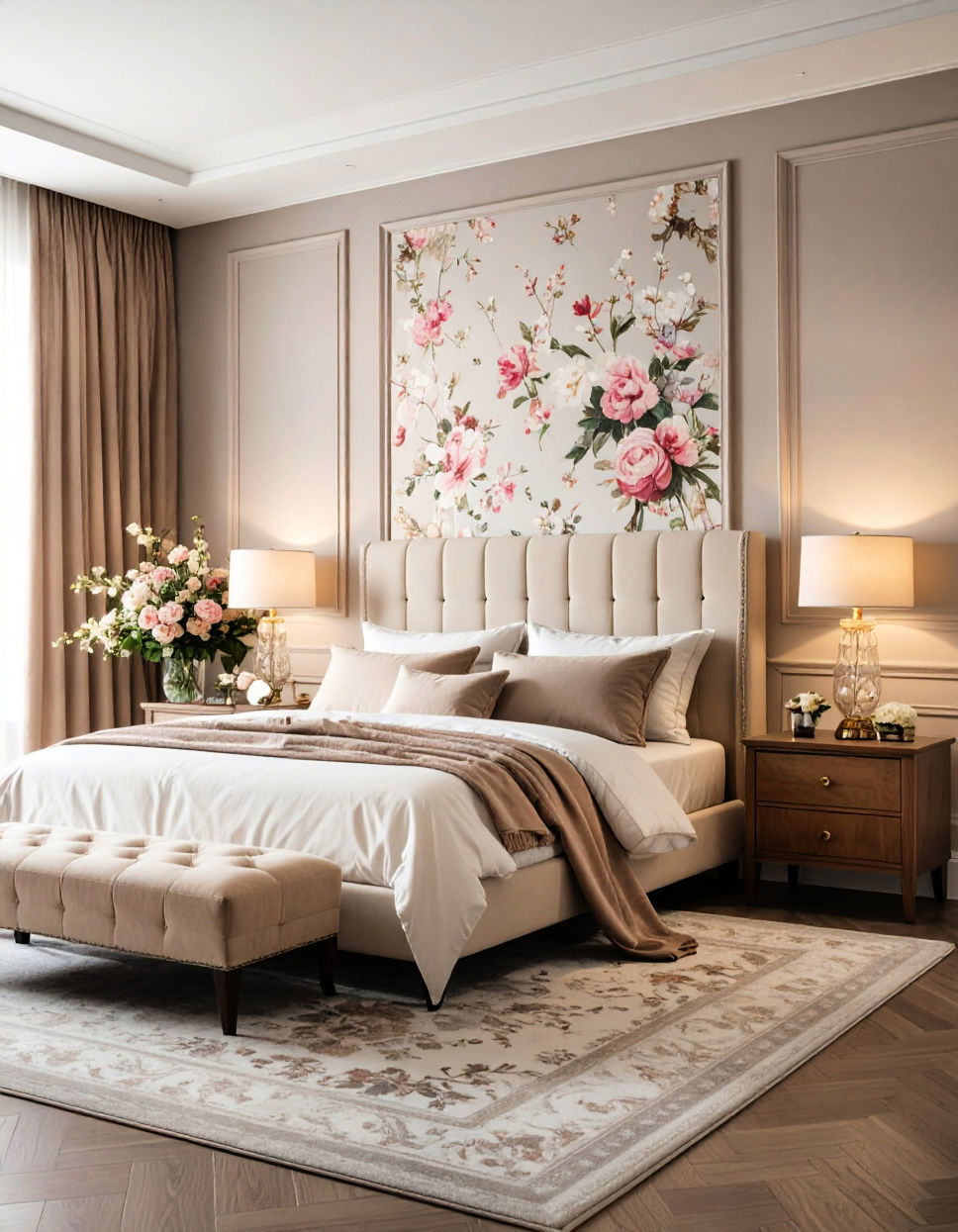
For those who love patterns and texture but don’t want to commit to traditional paneling, wallpaper wainscoting offers a fun and easy alternative. This approach combines the stylishness of wainscoting with the visual interest of patterned wallpaper. Choose a bold or subtle design that complements your room’s color scheme. Whether you opt for florals, stripes, or geometric patterns, wallpaper wainscoting can serve as a creative focal point in any space, from living rooms to bedrooms.
9. Color-Blocked Wainscoting
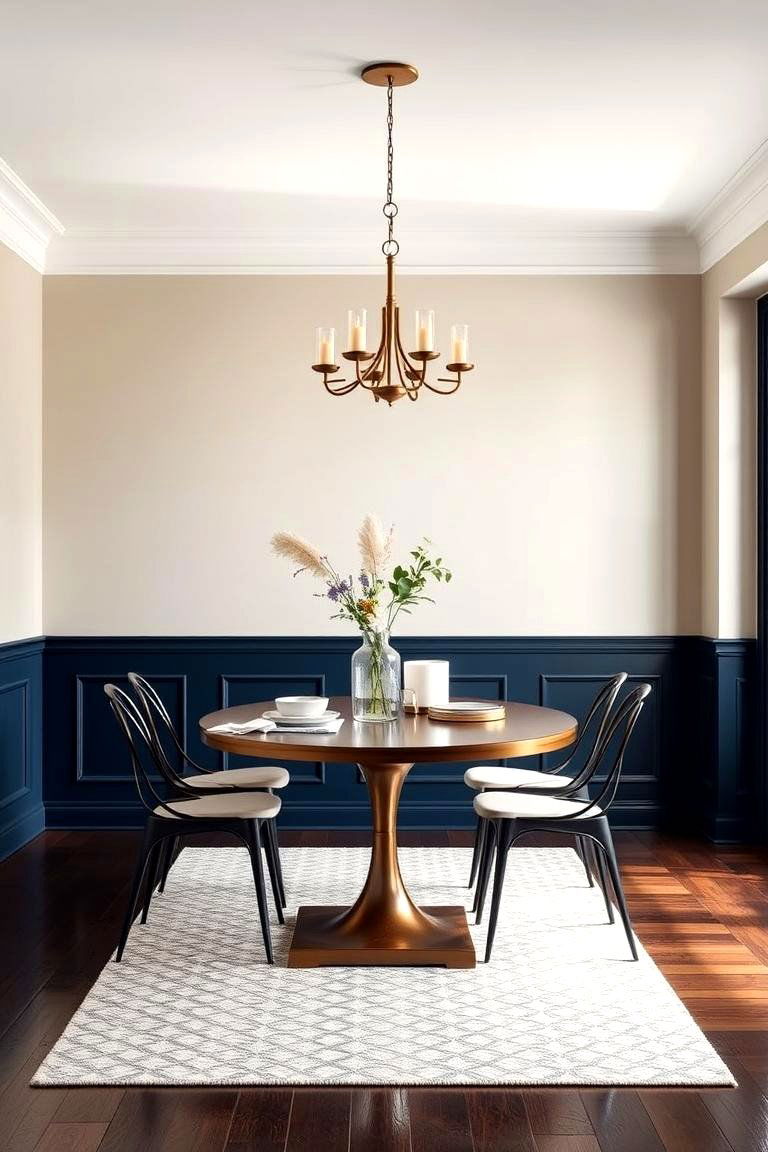
If you're looking to make a bold statement, consider color-blocked wainscoting. This style pairs two or more contrasting colors to create a visually dynamic look. For example, use dark navy on the lower portion of the wall, and pair it with a lighter shade above to create a striking contrast. This modern approach works well in dining rooms or living areas where you want to add a pop of color. Be sure to choose shades that harmonize with your existing decor to maintain a balanced, cohesive design.
10. Minimalist Wainscoting
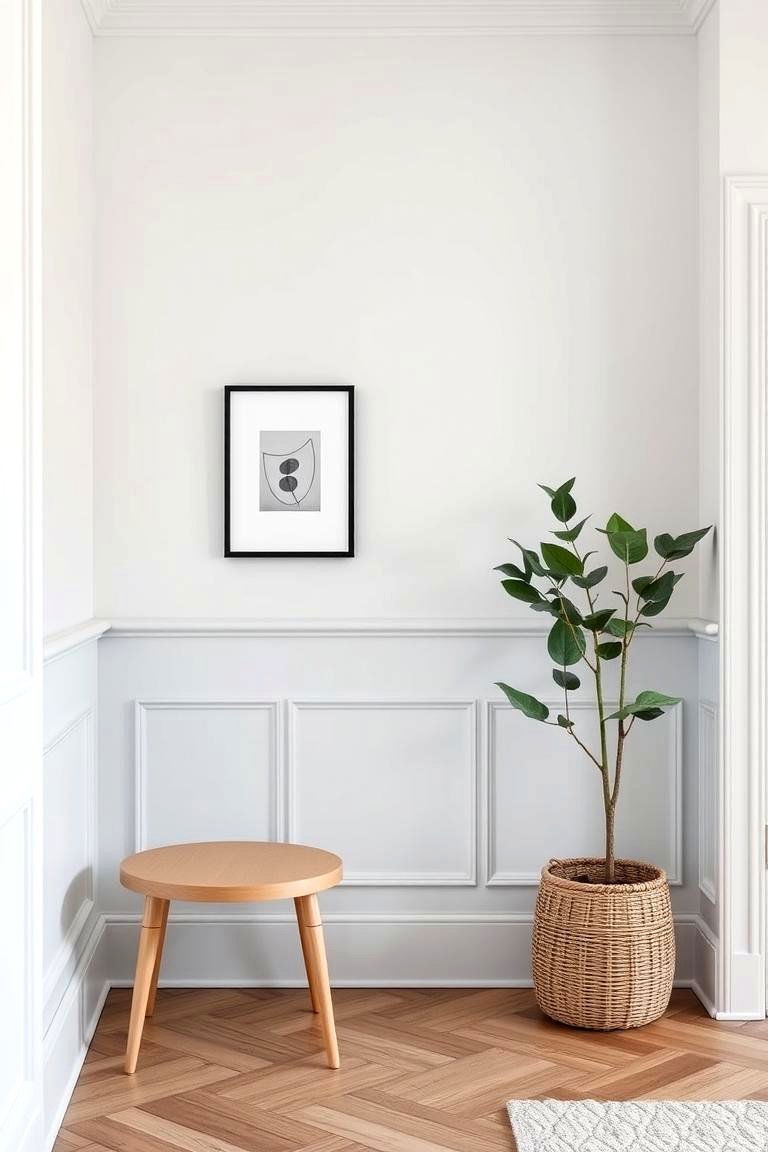
For a subtle yet impactful design, minimalist wainscoting focuses on clean, straight lines and neutral colors. The idea is to keep the focus on simplicity while still providing texture and visual interest. This style works perfectly in modern or Scandinavian-inspired interiors, where the emphasis is placed on simplicity and functionality. Use light tones like soft greys, whites, or muted pastels to maintain a peaceful and calming environment.
11. Arched Wainscoting
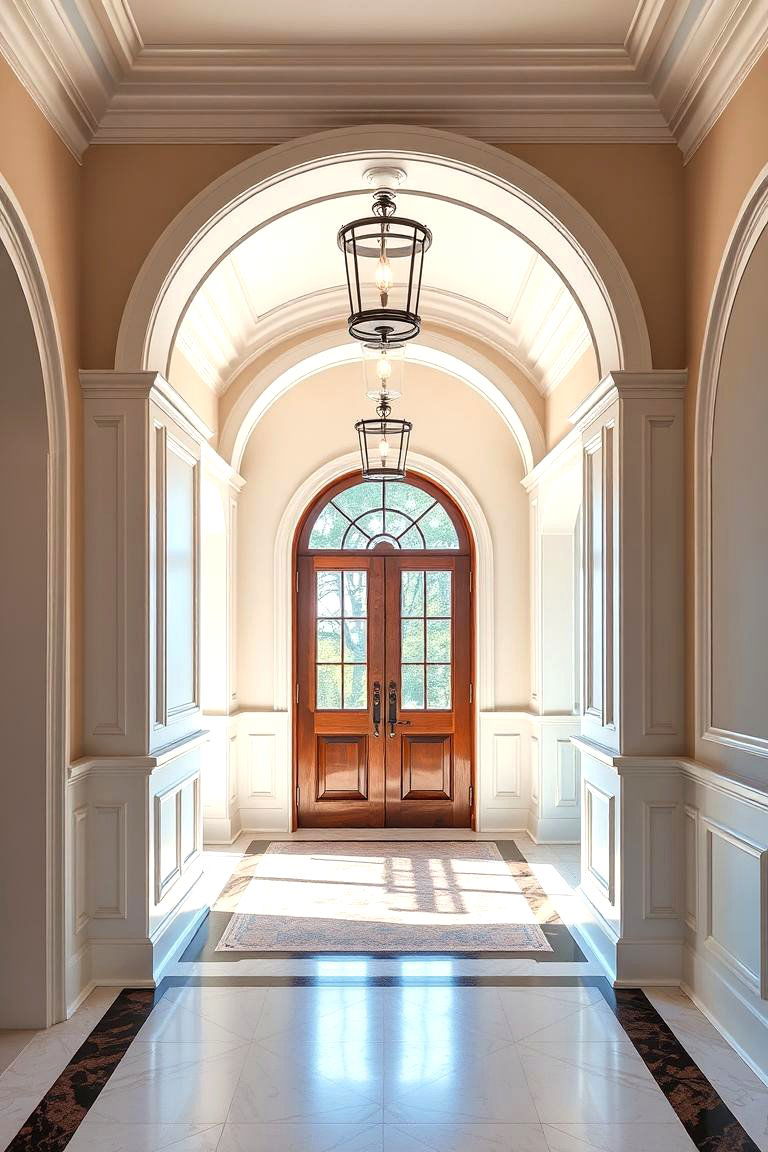
Arched wainscoting adds a touch of elegance and timelessness to a space. The gently curving tops of the panels create a sophisticated look, making it an ideal choice for grand entryways, hallways, or even dining rooms. Arched wainscoting can complement both traditional and modern styles, depending on the material and finish. Consider pairing it with other architectural details, such as crown molding or custom doorways, to create a seamless, elevated design.
12. Black and White Wainscoting
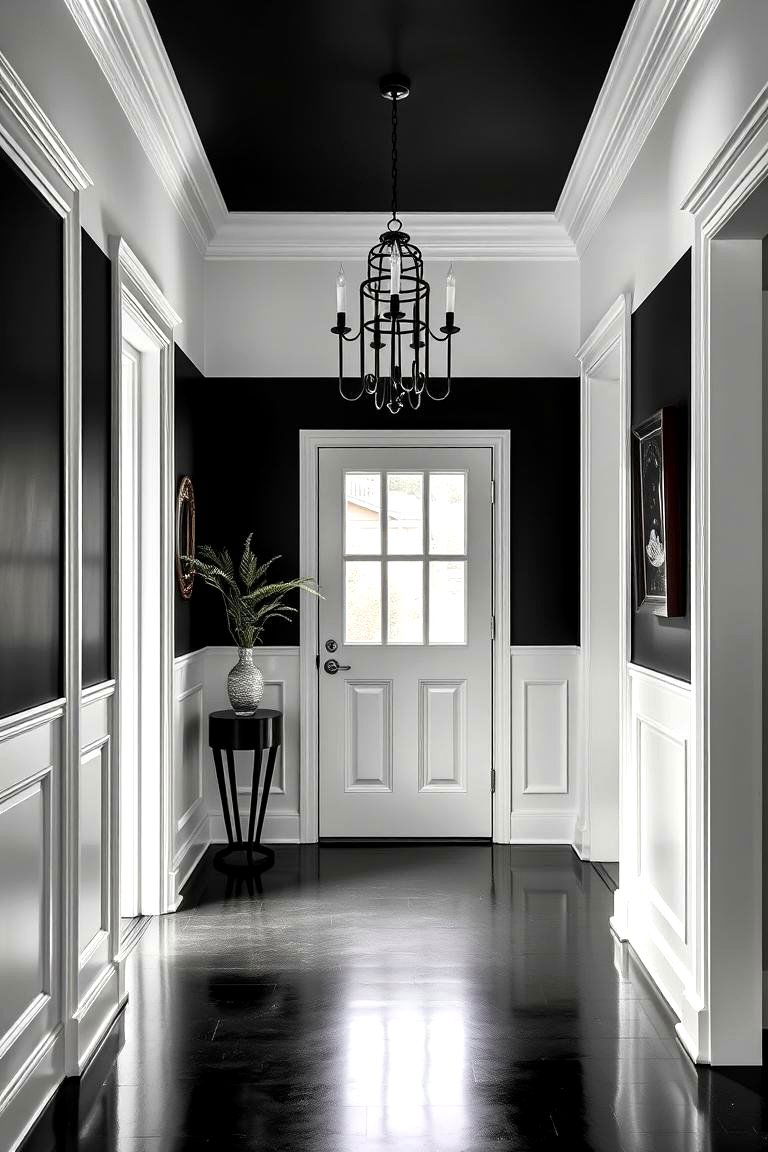
The classic black-and-white color combination never goes out of style. Black-and-white wainscoting offers a chic and dramatic look that fits well in both contemporary and traditional interiors. This design can be achieved by painting the lower portion of the wall in black while keeping the upper section white, or vice versa. The contrast makes a striking visual statement, perfect for accentuating architectural features and adding drama to the space. It’s a versatile option that works beautifully in entryways, bathrooms, or living rooms.
13. Vertical Wainscoting Panels
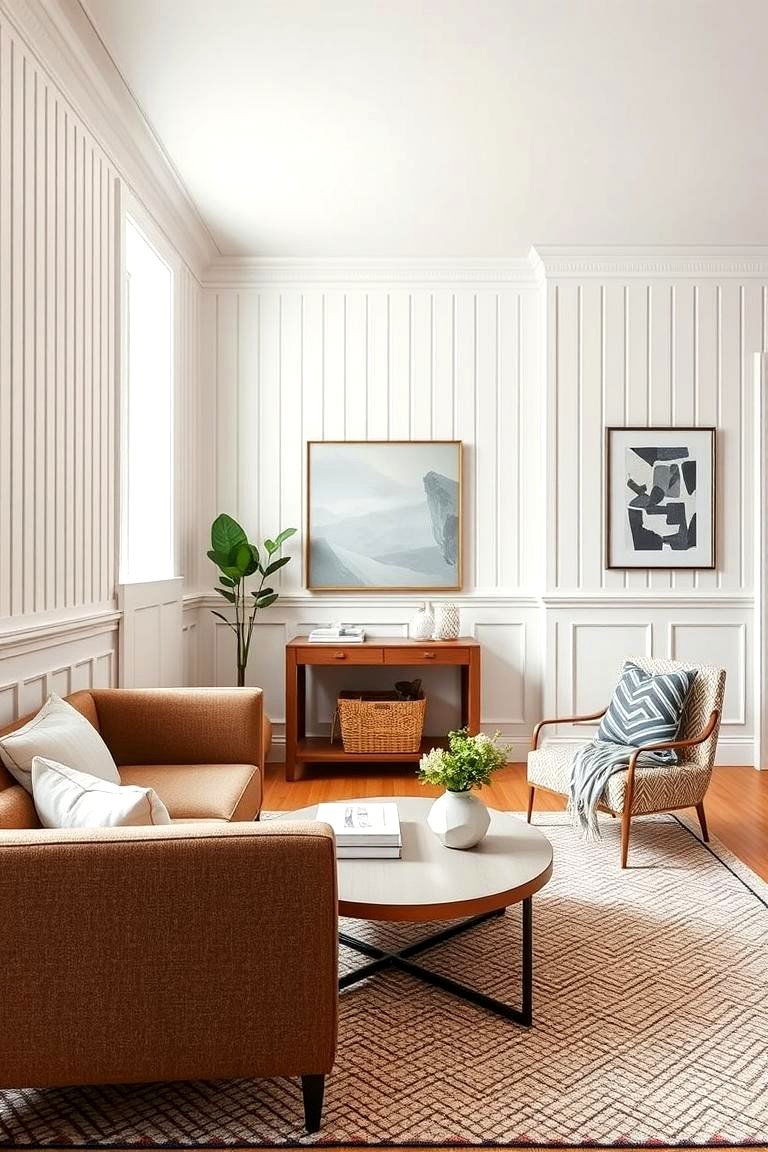
Vertical wainscoting panels elongate the walls and create an illusion of height, which is particularly helpful in rooms with low ceilings. This style brings a fresh, modern touch to traditional wainscoting, making it suitable for various home designs. Vertical panels also add texture to otherwise flat walls, and when paired with light colors, they can make a room feel more expansive and airy. Vertical wainscoting is especially effective in smaller spaces where maximizing vertical space is key.
14. Custom Wainscoting Designs
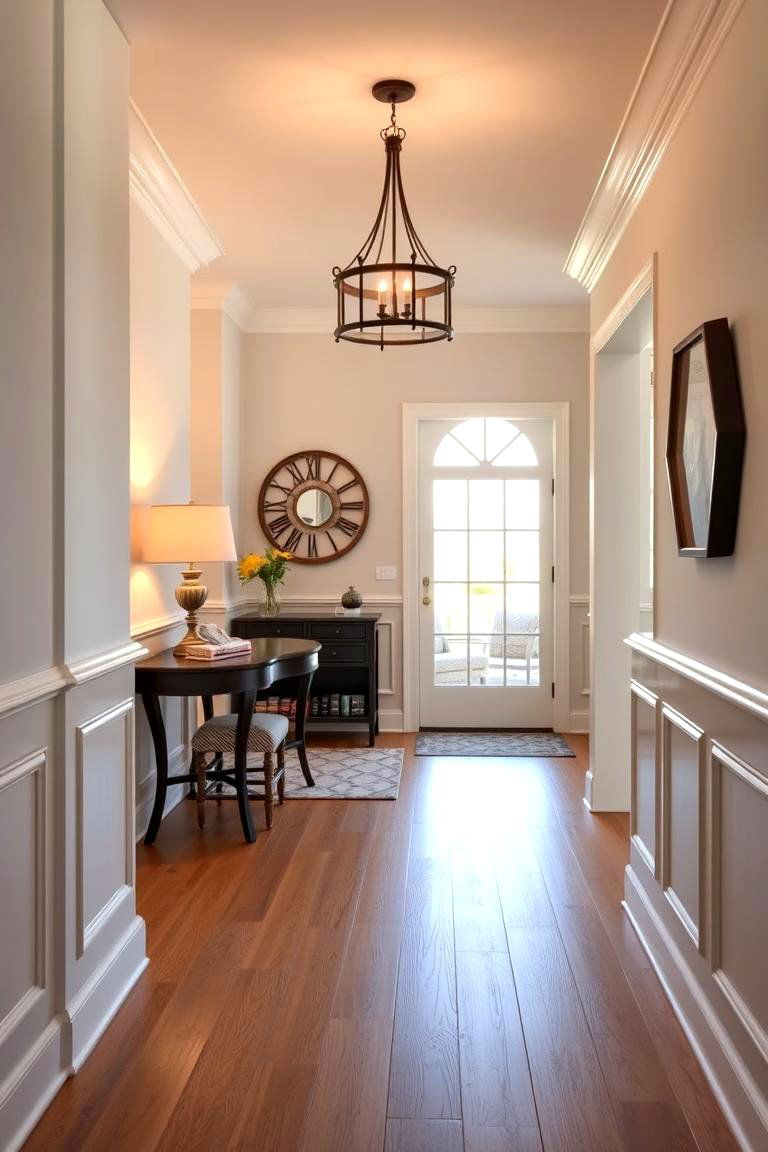
For a truly personalized touch, custom wainscoting allows you to create a design that is unique to your home. You can choose the type of material, finish, and style that best suits your taste and needs. Custom wainscoting works well in both traditional and modern settings, allowing for a variety of patterns and textures. Whether you prefer ornate detailing or sleek, minimalist lines, a custom wainscoting design will add character and a sense of craftsmanship to your home.
15. Wainscoting with Crown Molding
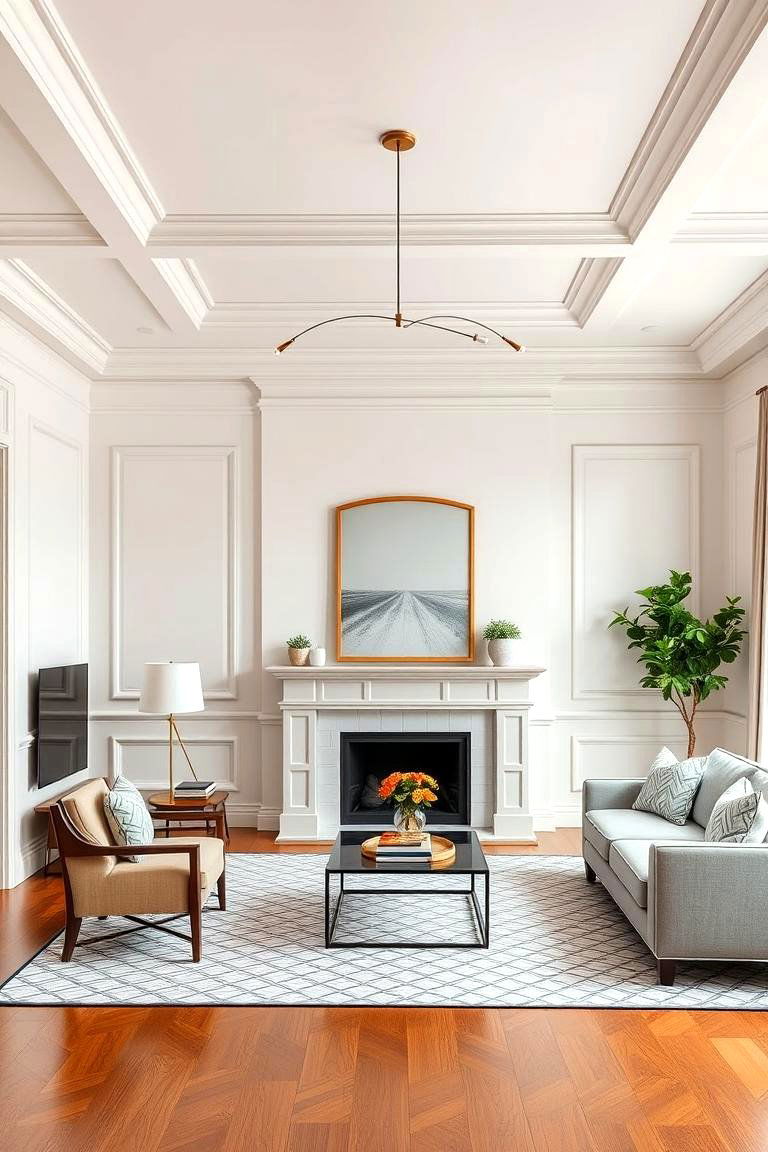
Crown molding adds a touch of sophistication to wainscoting by creating a seamless transition between the walls and ceiling. The combination of wainscoting and crown molding is perfect for creating a polished, finished look in living rooms, dining rooms, or even bedrooms. This pairing enhances the architectural beauty of a space, making it feel more refined. Choose complementary styles and finishes for both elements to create a cohesive design that complements the room's overall aesthetic.
16. Horizontal Wainscoting Panels
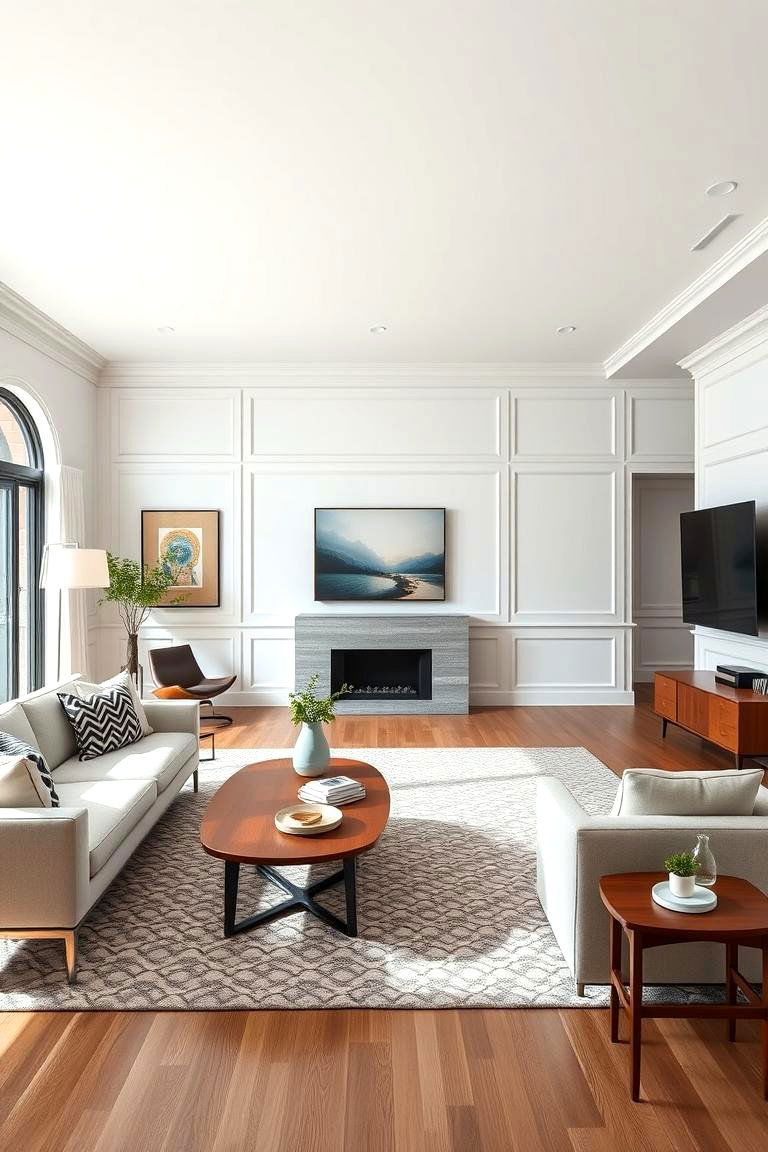
While traditional wainscoting often features vertical panels, horizontal wainscoting offers a modern twist on this classic design. Horizontal panels are perfect for making a room feel more expansive, as they draw the eye across the space. This style works well in large rooms like living areas, where you want to break up the wall and add interest. Horizontal wainscoting also pairs well with mid-century modern furniture or minimalist designs, where clean lines and simplicity are key.
17. High Wainscoting for Visual Impact
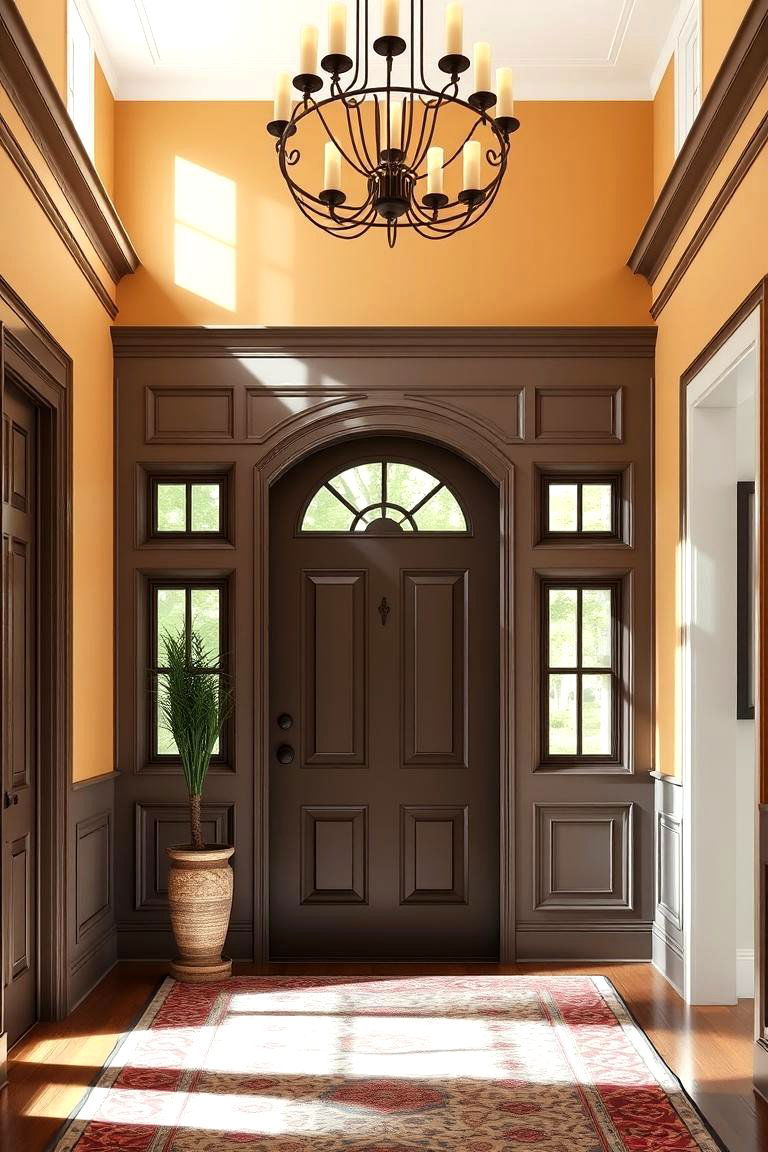
For rooms with tall ceilings, high wainscoting is an excellent way to add visual interest and balance. By installing wainscoting higher on the wall, you can create an impressive focal point that draws the eye upward. High wainscoting works well in spaces like grand entryways, staircases, or large living rooms, where the scale of the room warrants a bold design. This approach can help balance out the space and create a more intimate, grounded atmosphere.
18. Decorative Wainscoting with Carved Details
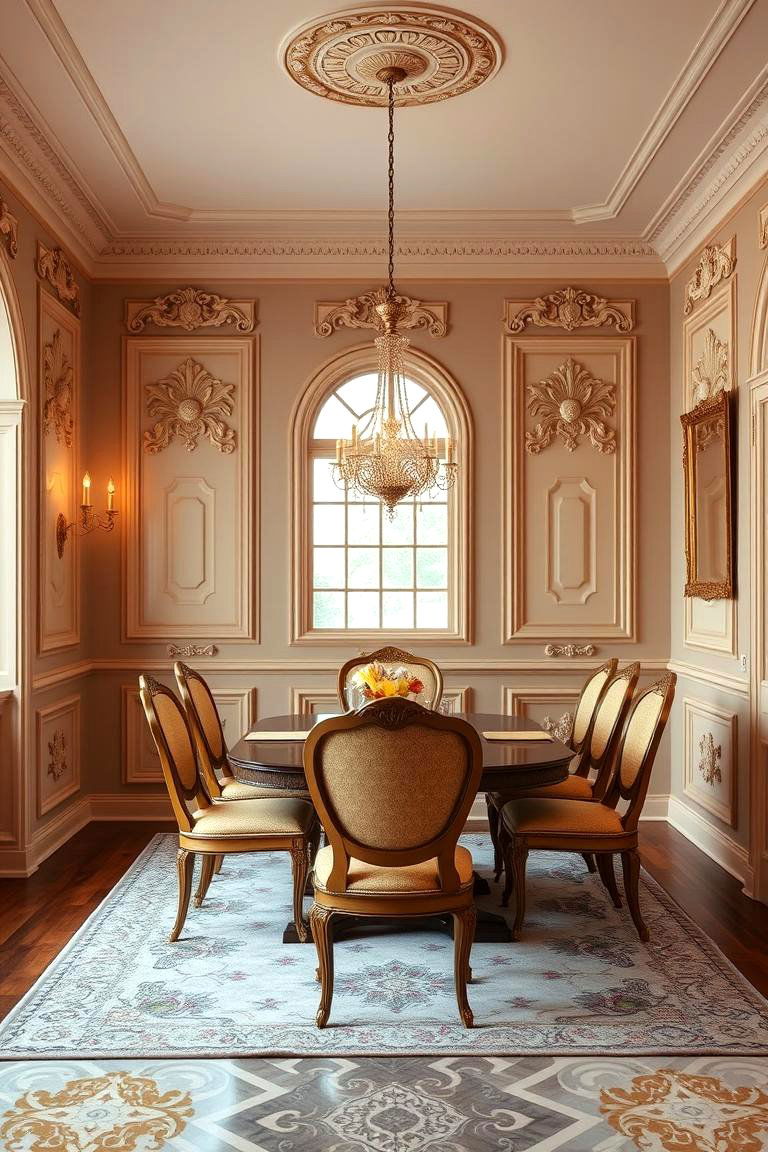
If you’re looking for an extra dose of elegance, decorative wainscoting with carved details is a luxurious option. Intricate carvings on the panels can add texture and depth, making the wainscoting the focal point of the room. This style works well in formal spaces such as dining rooms or grand hallways, where it can contribute to a sense of sophistication and opulence. While intricate carvings are often associated with traditional designs, they can also be adapted to more contemporary spaces with the right materials and finishes.
19. Wainscoting with Glass Inserts
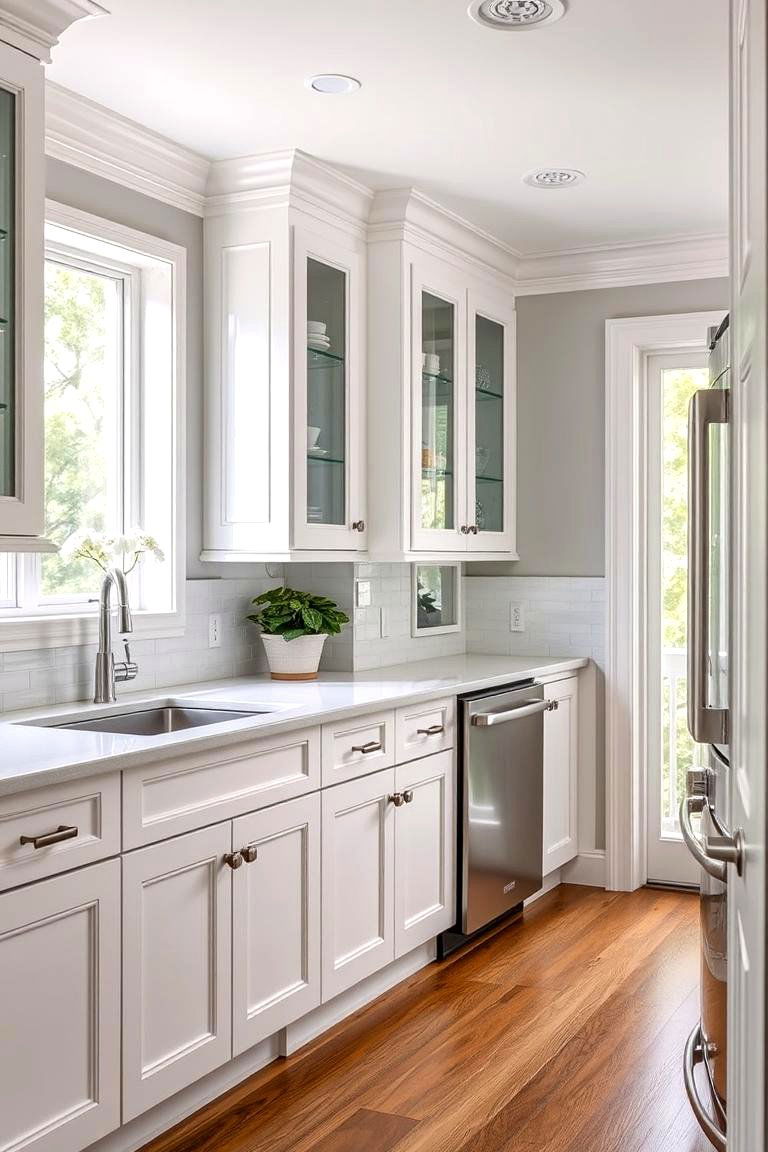
For a modern, light-filled take on wainscoting, consider incorporating glass inserts into your design. Glass panels within the wainscoting add transparency and allow light to filter through, creating an open, airy feeling. This style is particularly effective in spaces like kitchens or dining rooms, where you want to maintain a sense of openness without sacrificing the visual appeal of wainscoting. Glass inserts can also be used in combination with other materials, such as wood or metal, to create a striking contrast.
20. Two-Tone Wainscoting Design
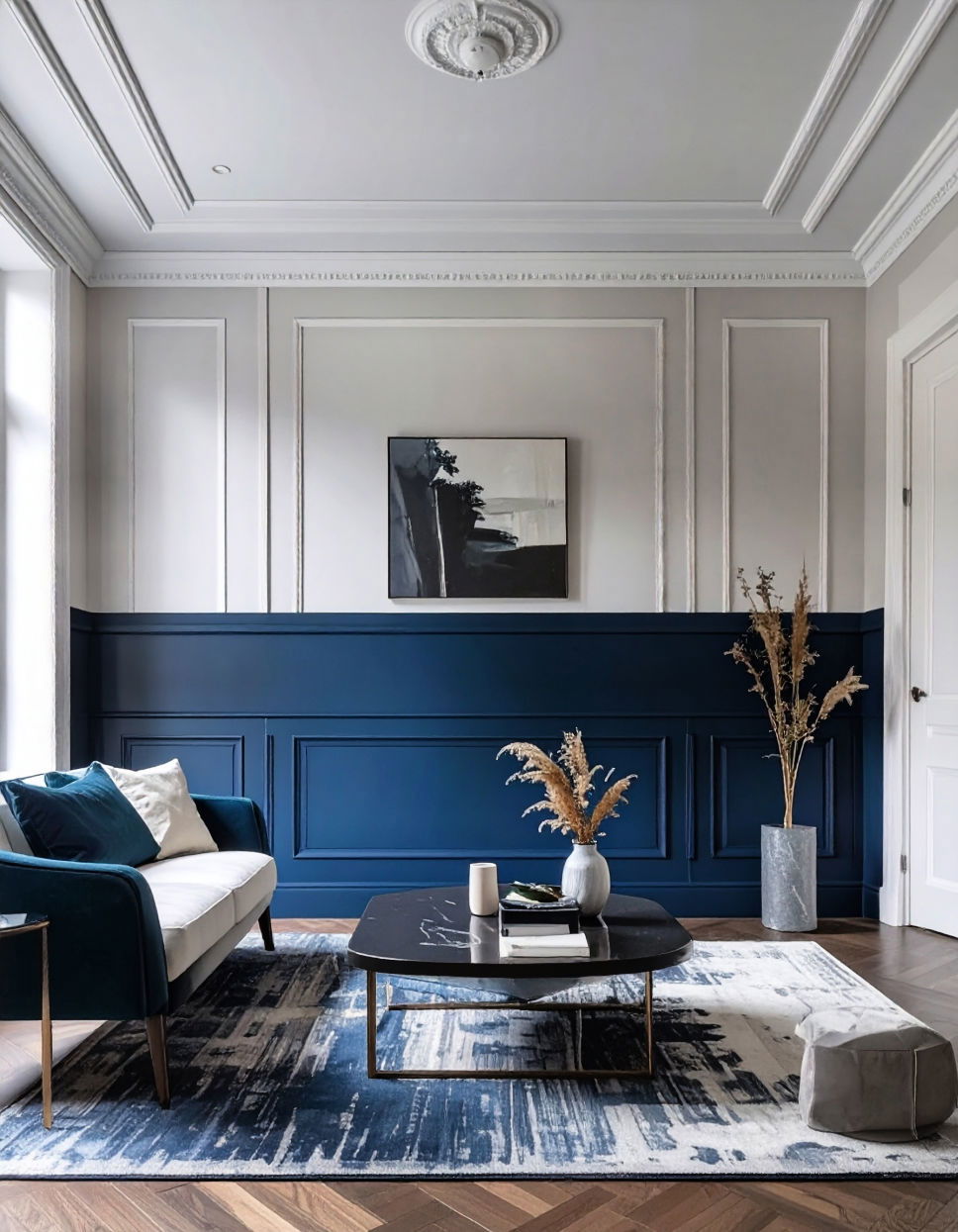
Two-tone wainscoting is an eye-catching design choice that combines contrasting colors to create visual interest. Typically, the lower half of the wall is painted in one color, while the upper half is painted in another. This creates a dynamic and contemporary look that works well in modern and eclectic interiors. To maintain balance, make sure the two colors complement each other, and experiment with different shades of the same color for a more subtle effect. Two-tone wainscoting is perfect for adding drama and personality to any room.
21. Wainscoting for Kitchen Backsplashes
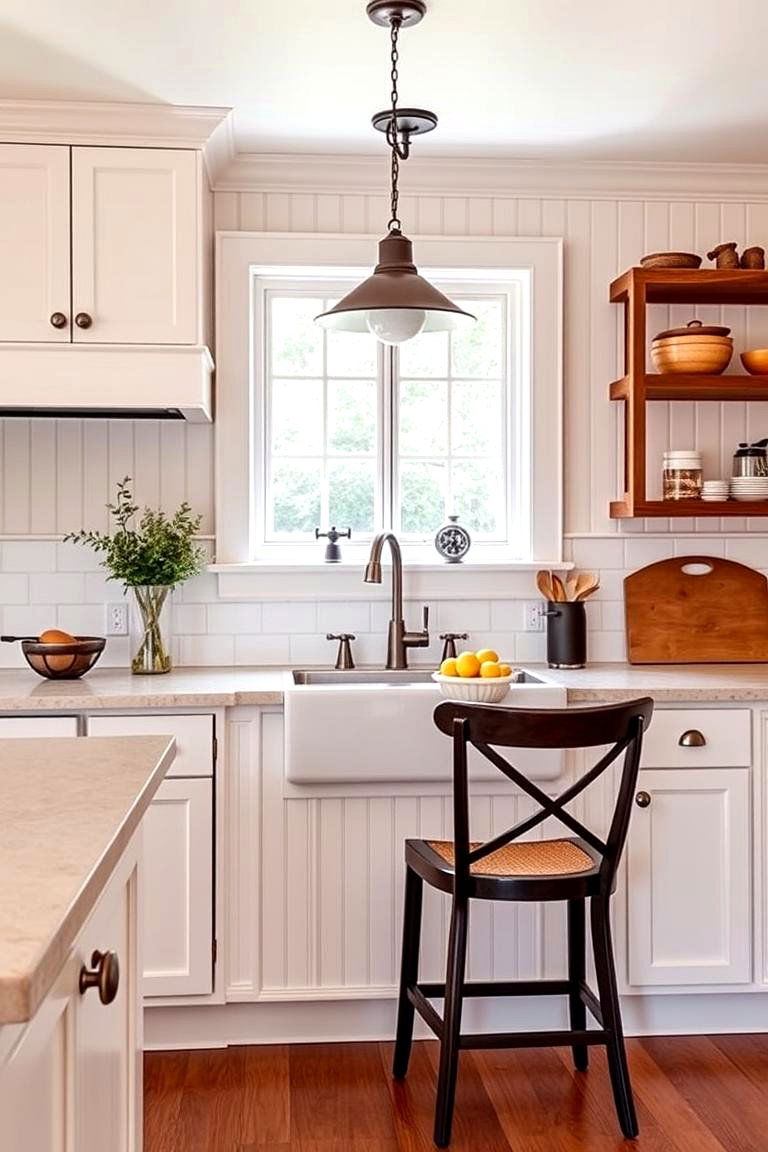
Wainscoting can be an excellent alternative to traditional tile backsplashes in the kitchen. The lower half of the walls can be fitted with beadboard or paneling to provide a unique and stylish look. This design is particularly suited for farmhouse-style kitchens, where the soft texture of wood complements other rustic elements like open shelving or vintage cookware. Wainscoting also adds a practical, easy-to-clean surface that stands up well to kitchen splashes and spills.
22. Industrial Wainscoting Style
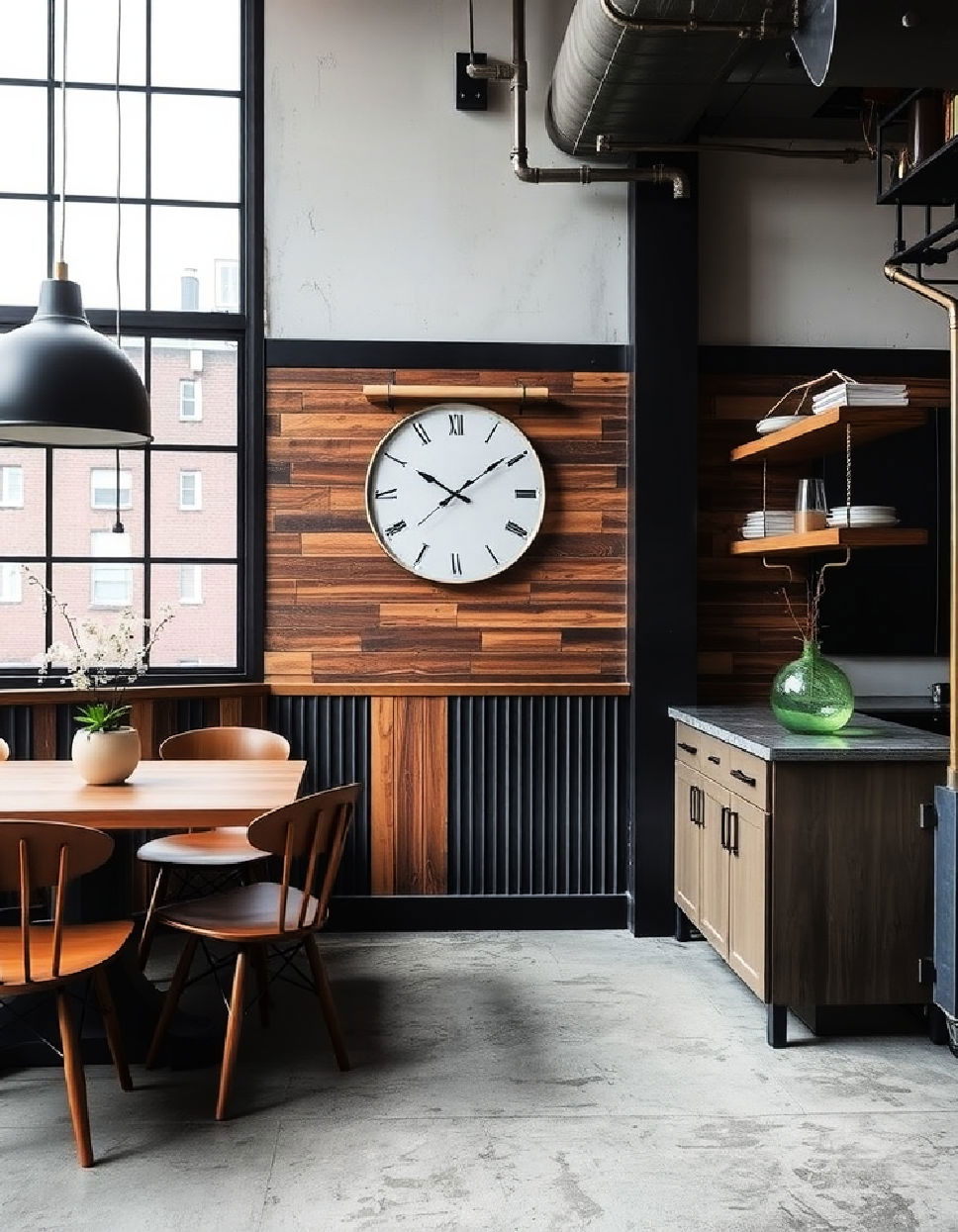
For a more edgy, contemporary look, industrial wainscoting brings a mix of raw materials like metal and wood. This style pairs the rustic charm of wood with the sleekness of metal, creating a striking contrast. Industrial wainscoting works well in lofts, modern apartments, and other urban spaces. The industrial aesthetic can be enhanced with exposed pipes, concrete floors, and large windows, creating a bold, modern look that makes a statement.
23. Soft Gray Wainscoting
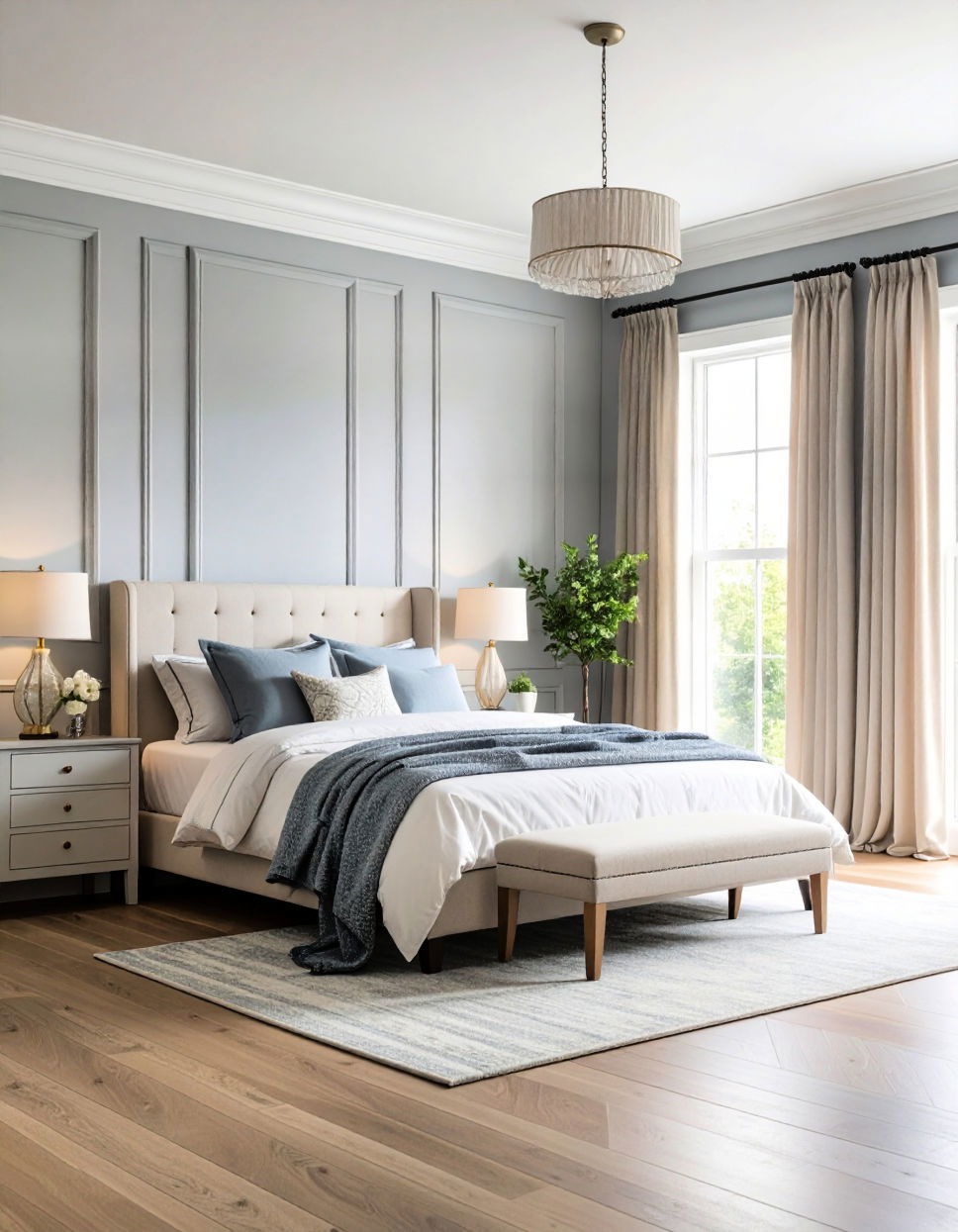
For a calming and understated design, soft gray wainscoting is an elegant choice that complements a wide range of decor styles. The soft, muted hue provides a neutral backdrop, allowing other design elements, such as furniture or art, to take center stage. Soft gray wainscoting works well in bedrooms, living rooms, or bathrooms, creating a serene and sophisticated environment. Pair it with white trim and light-colored walls to create a light, airy feel in the room.
24. Wainscoting in the Hallway
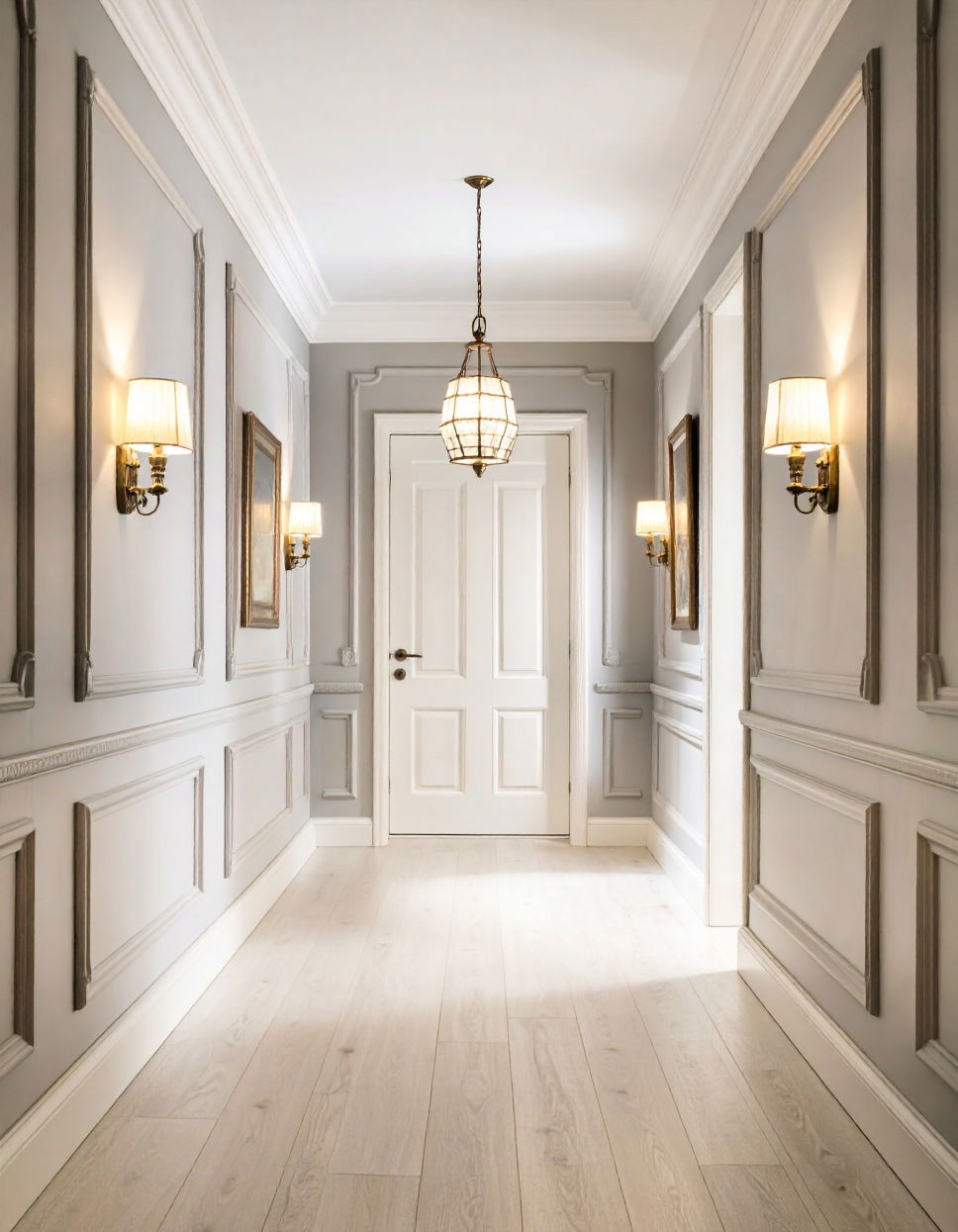
Hallways are often overlooked when it comes to design, but wainscoting can transform even the narrowest of spaces into a stylish passageway. Whether you choose beadboard or paneled wainscoting, the design adds texture and visual interest to the walls. Wainscoting in hallways can also provide protection against scuffs and damage from foot traffic, making it a practical choice as well. Use a neutral color like beige or gray to maintain a welcoming and cohesive look throughout the home.
25. Wainscoting as a Focal Point
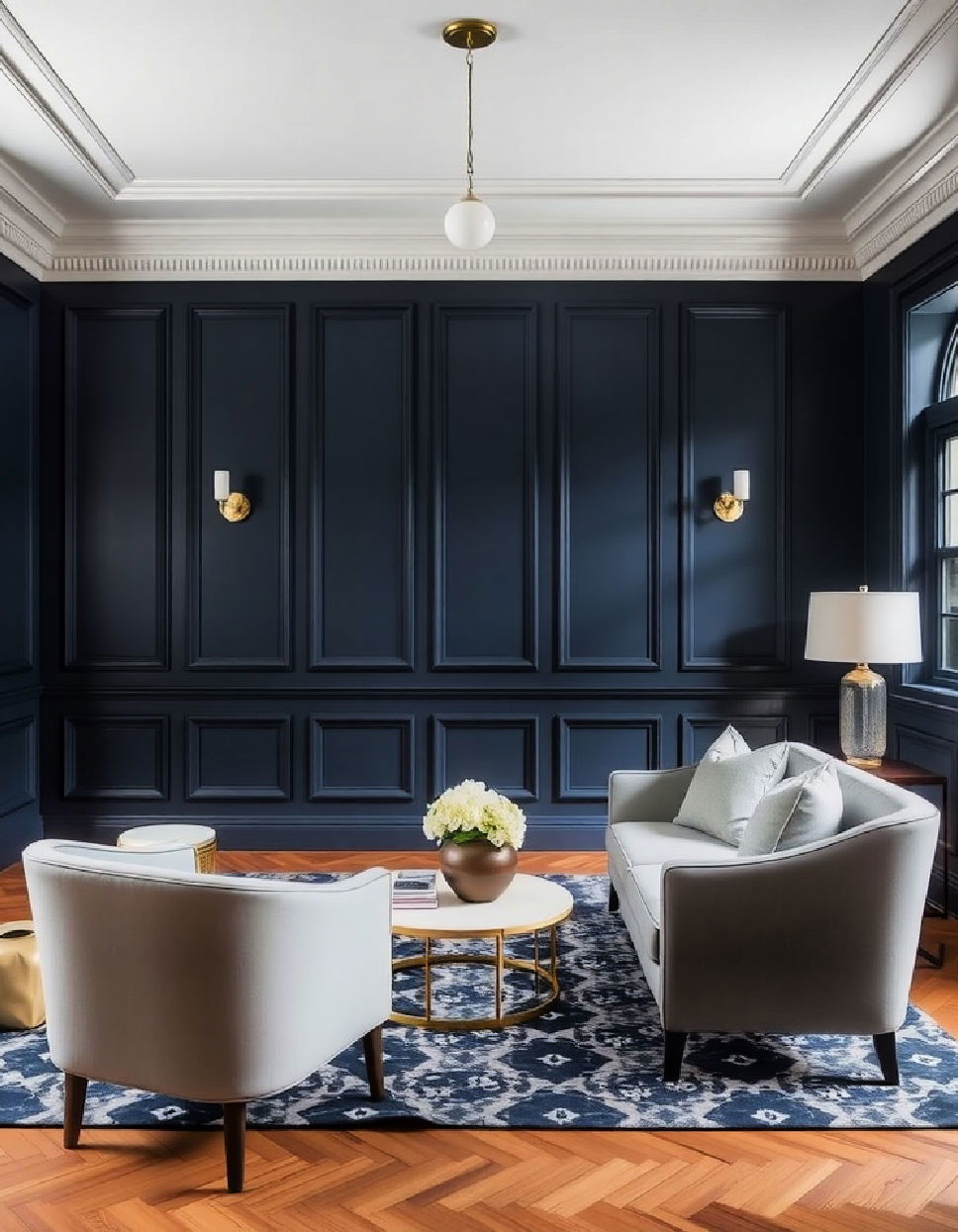
Make your wainscoting the star of the room by using it as the main design element. In this approach, the wainscoting becomes a statement piece, and the rest of the room is designed around it. Whether it’s bold colors, unique panel shapes, or intricate carvings, the wainscoting should demand attention. To ensure the rest of the decor complements the focal point, keep the furniture and accessories minimal and let the wainscoting take center stage.
Conclusion:
Wainscoting offers endless possibilities to enhance your home’s design. From traditional wood panels to modern, minimalist styles, there’s a wainscoting option that can elevate any space. Whether you choose to go bold with intricate carvings or prefer a sleek, contemporary approach, these 25 wainscoting ideas provide plenty of inspiration for transforming your home’s interior. Consider the mood, functionality, and aesthetic of your space, and experiment with different materials and colors to achieve the perfect look. No matter your style, wainscoting will always bring character and charm to your home.


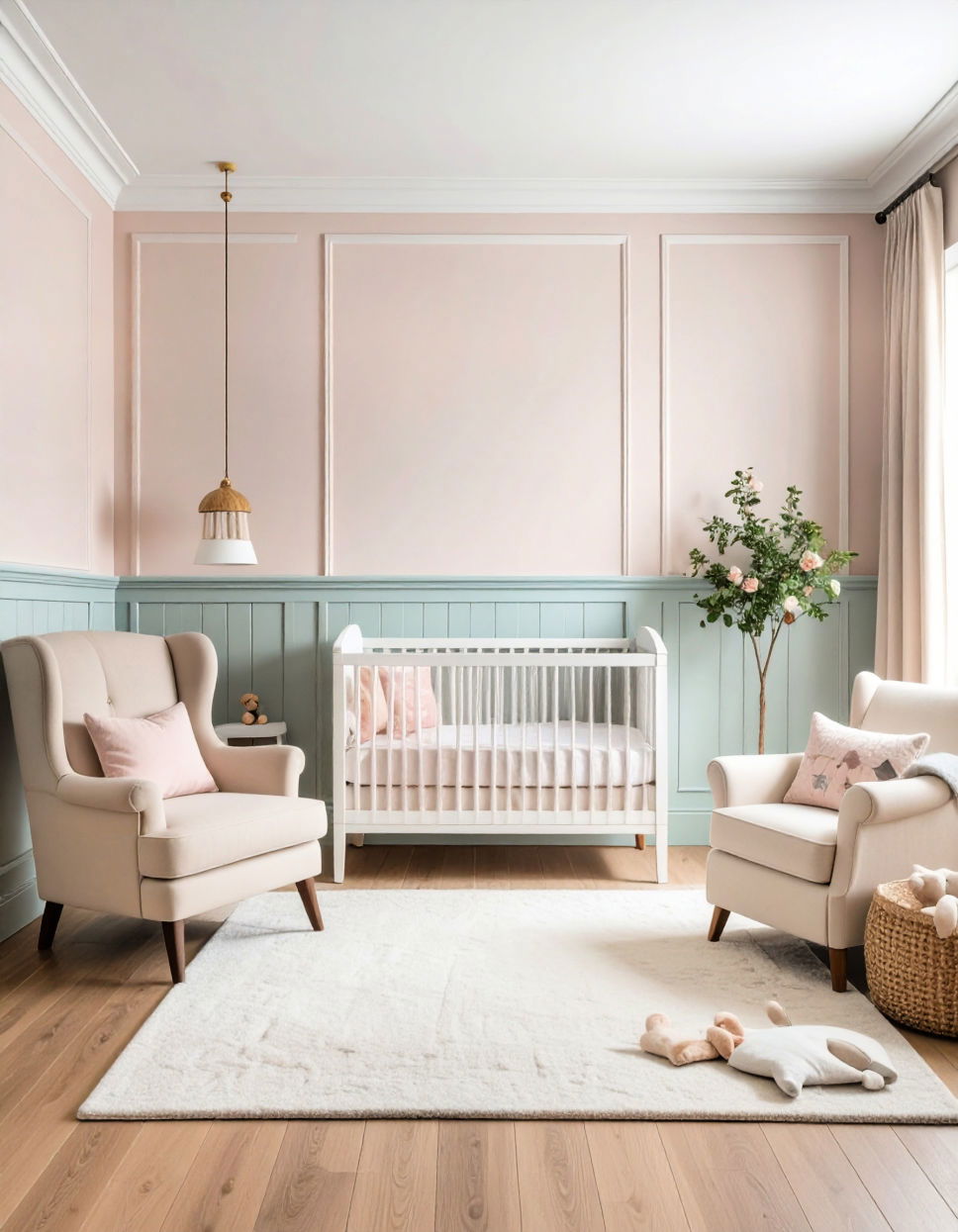
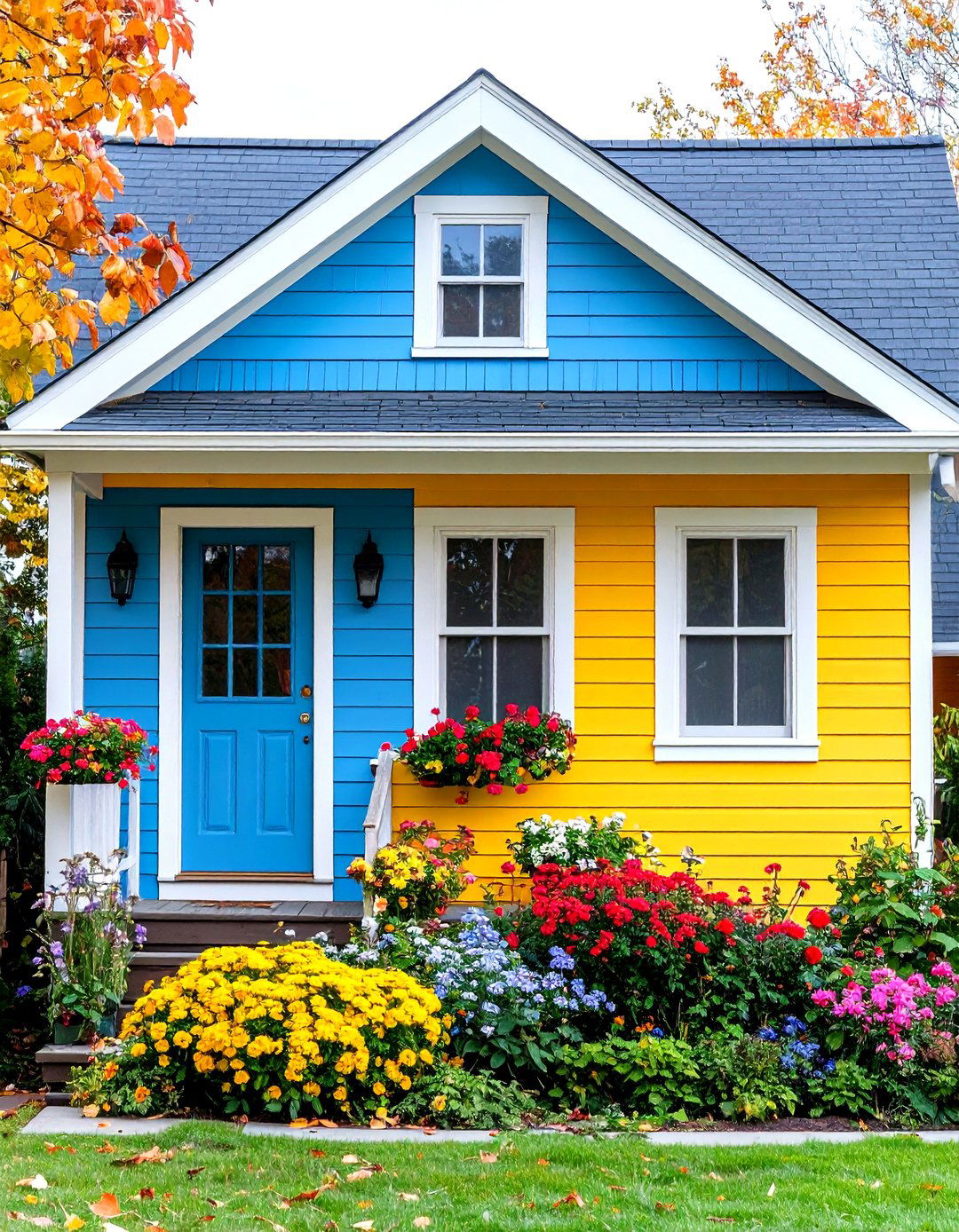
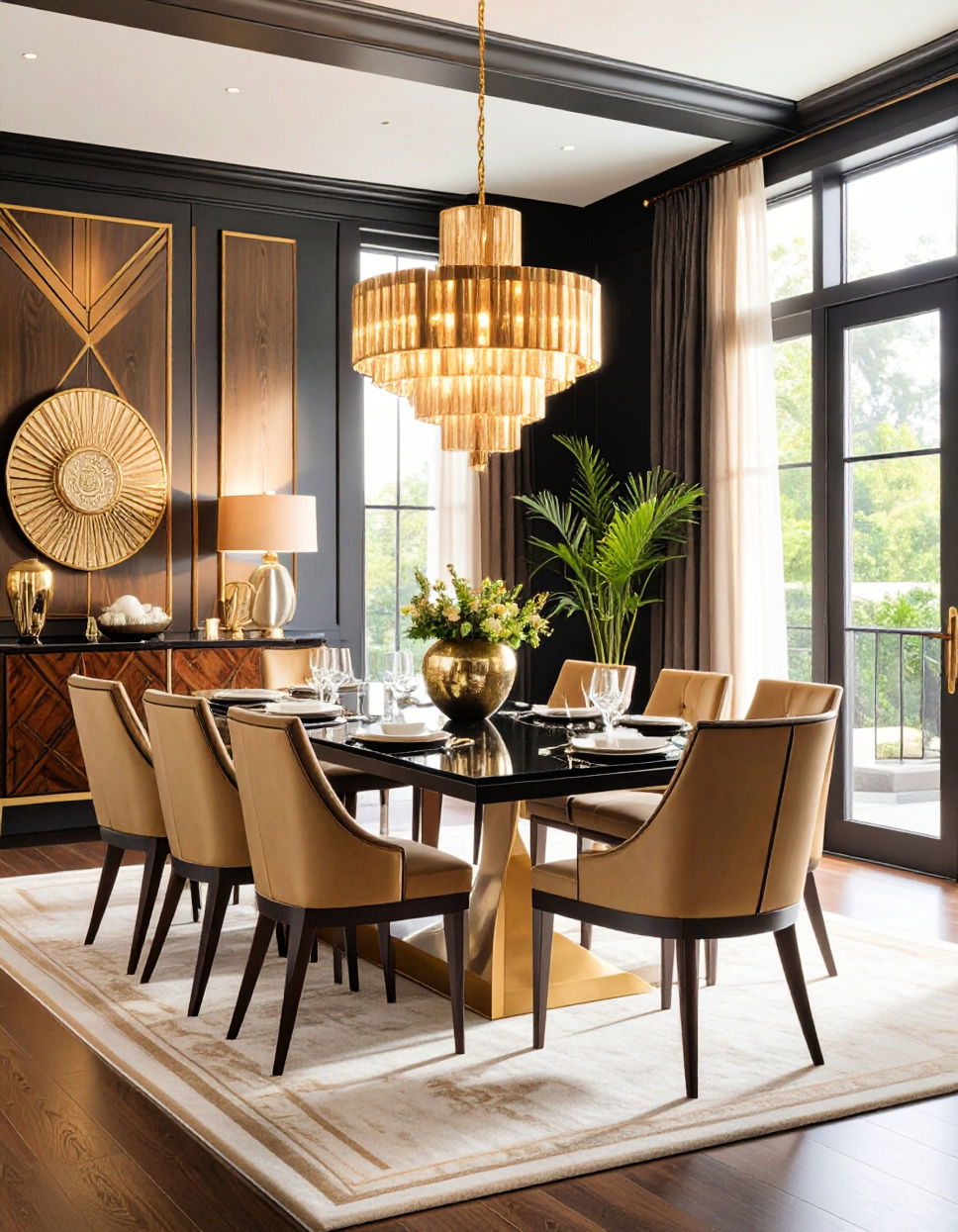
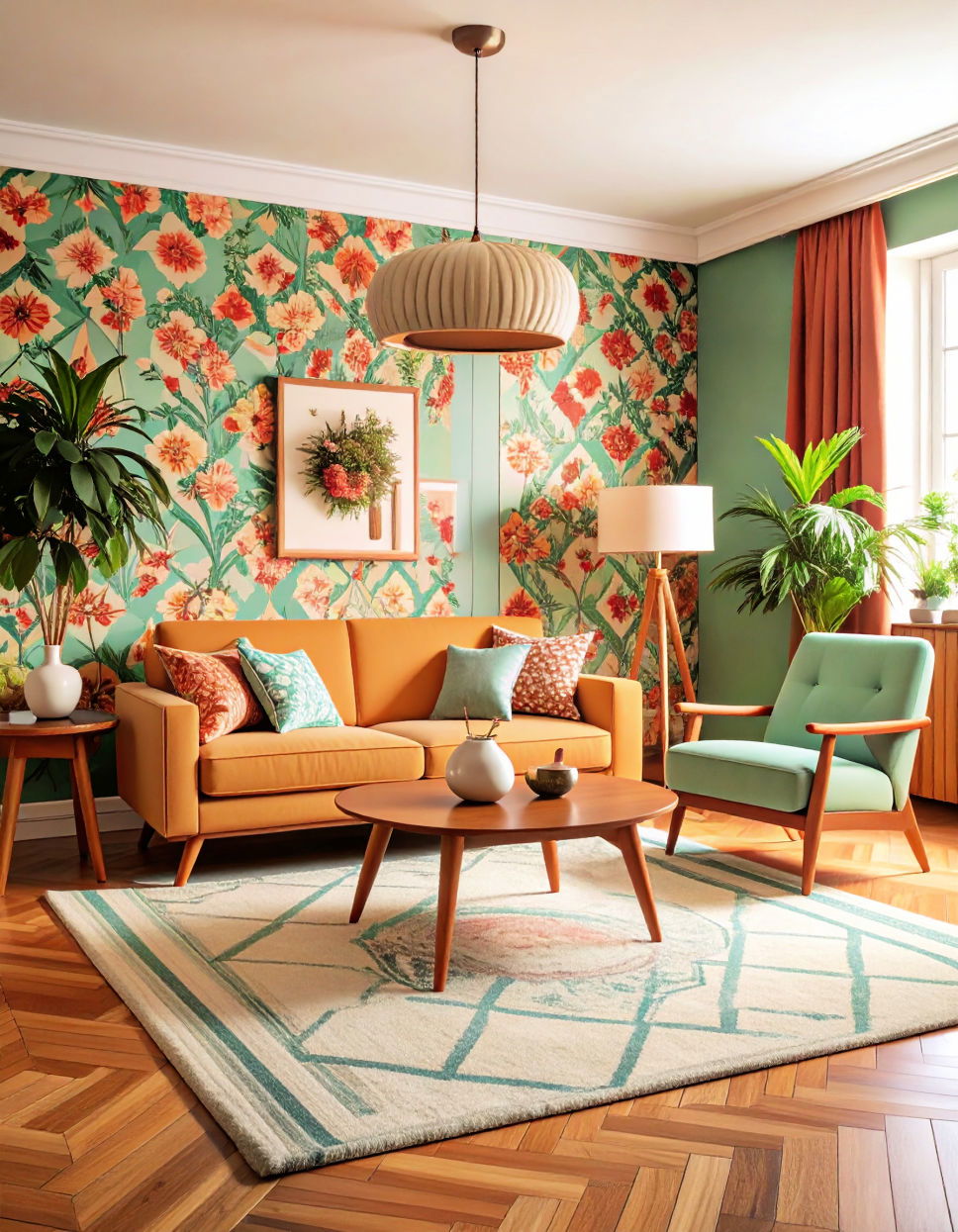
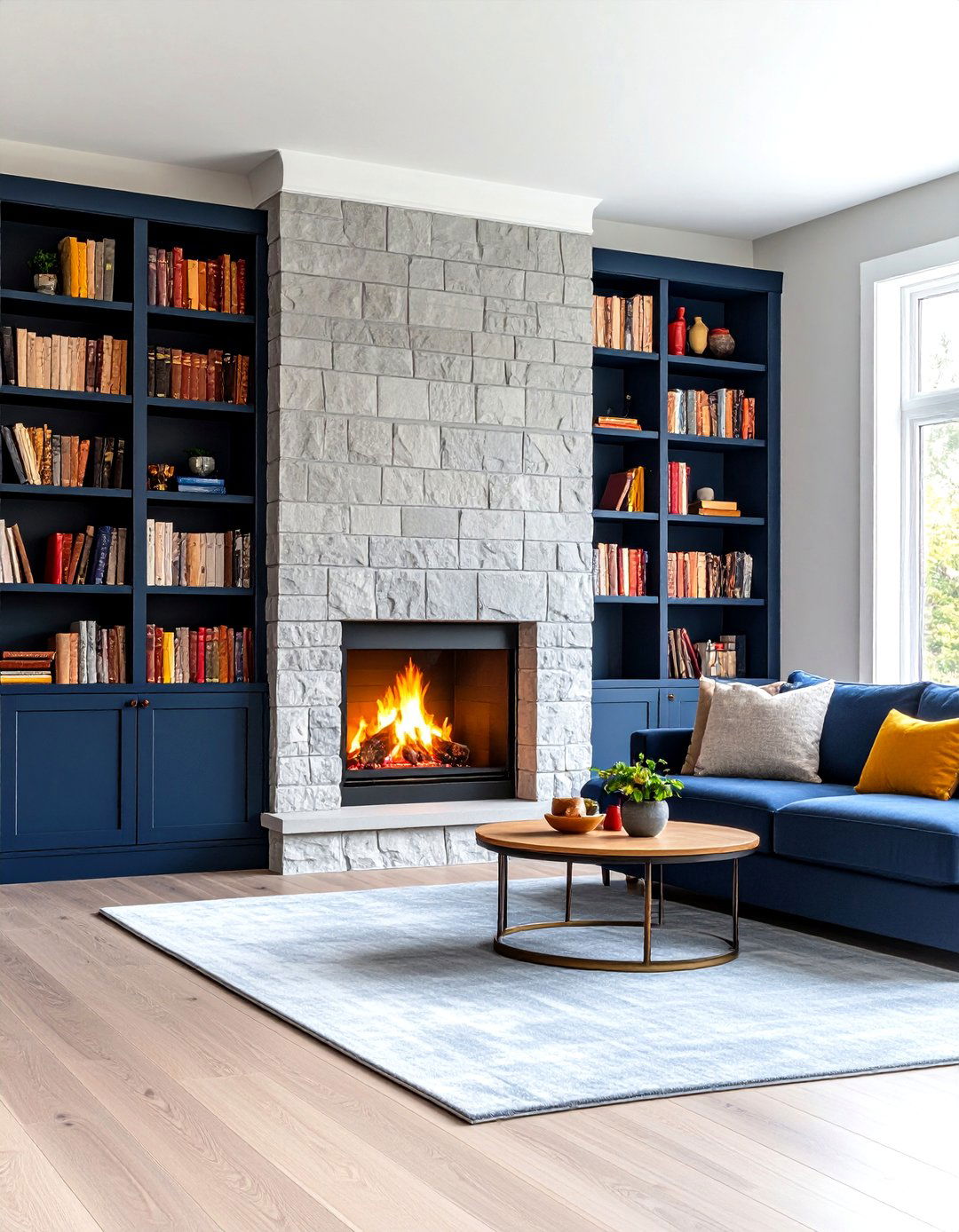
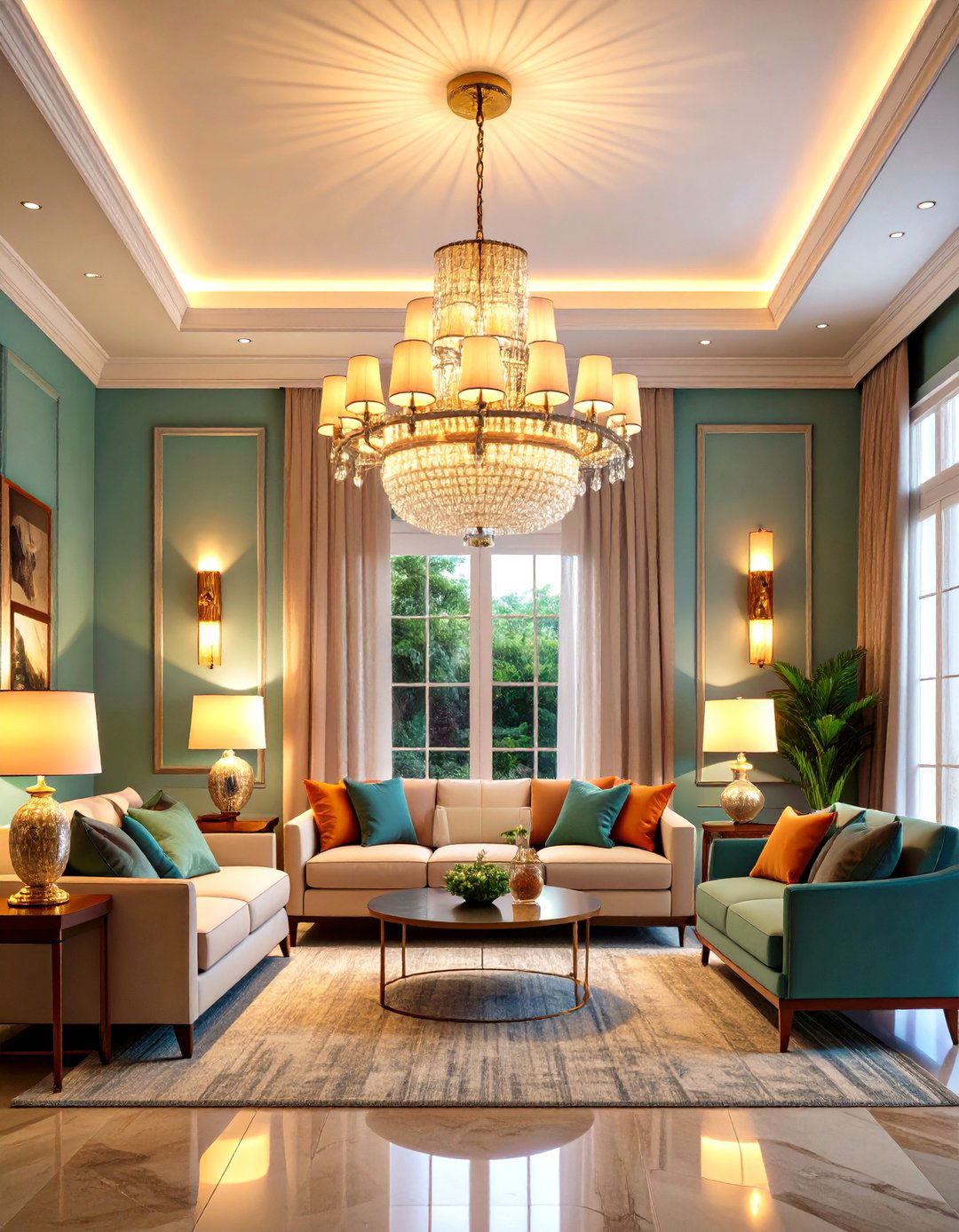
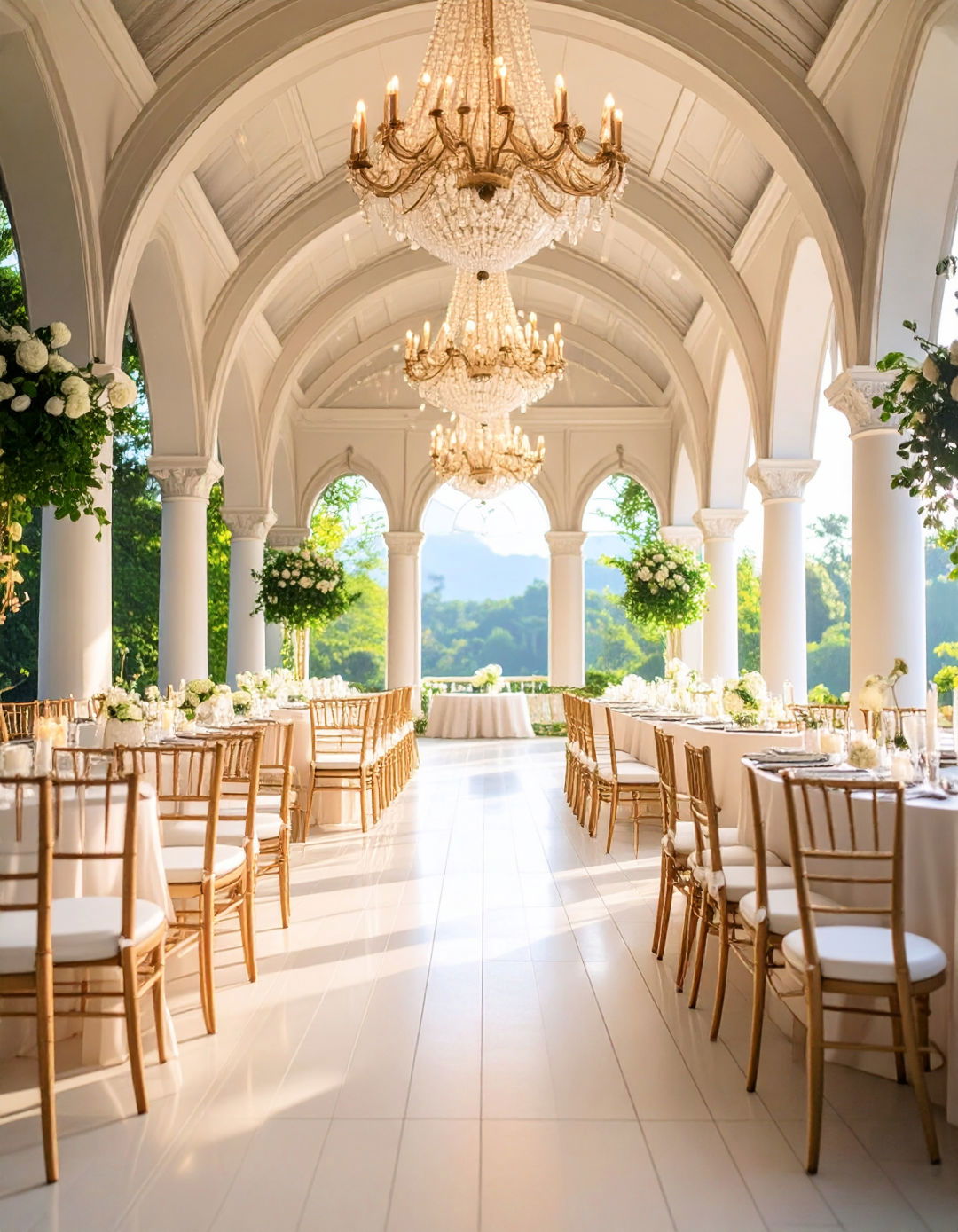
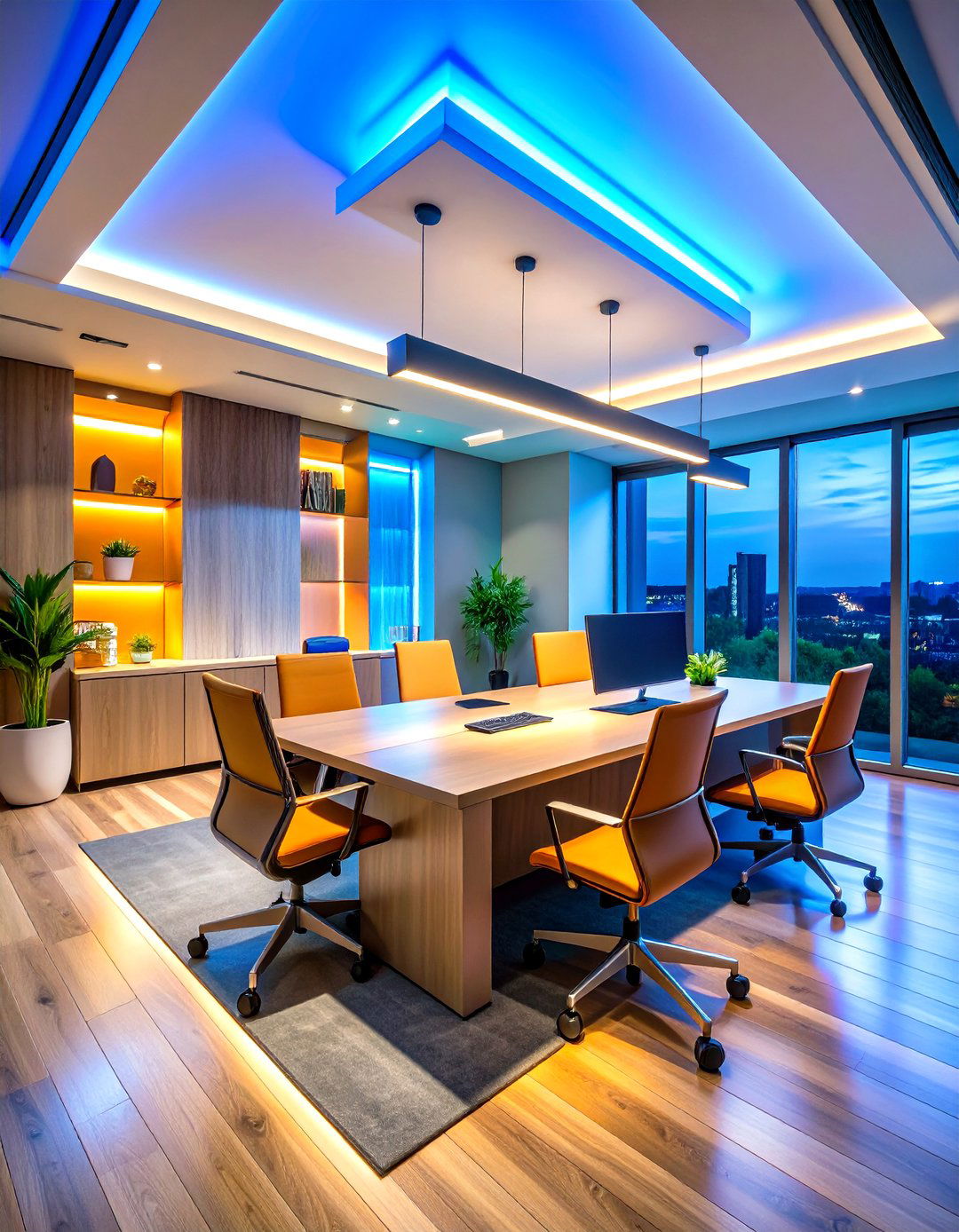
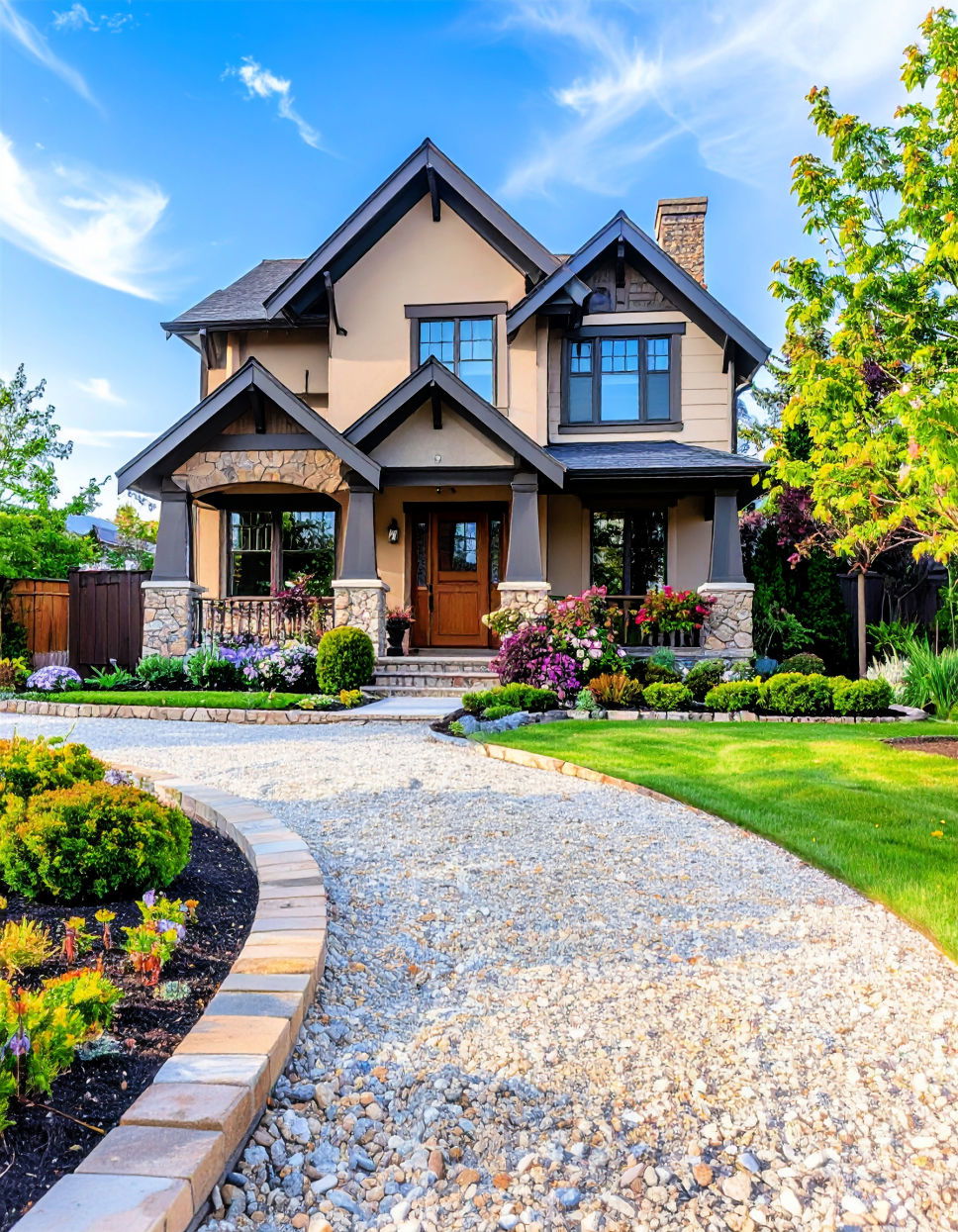
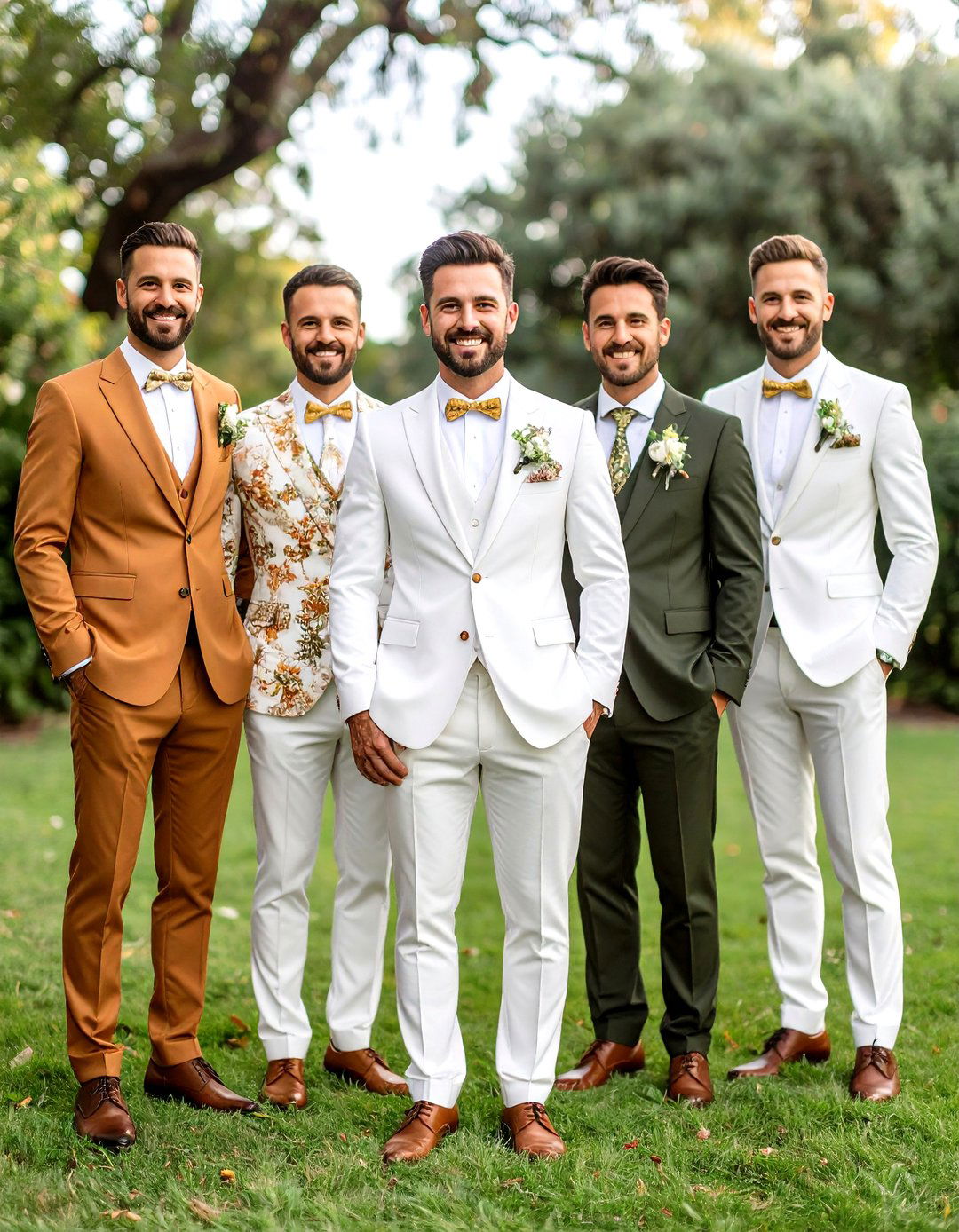
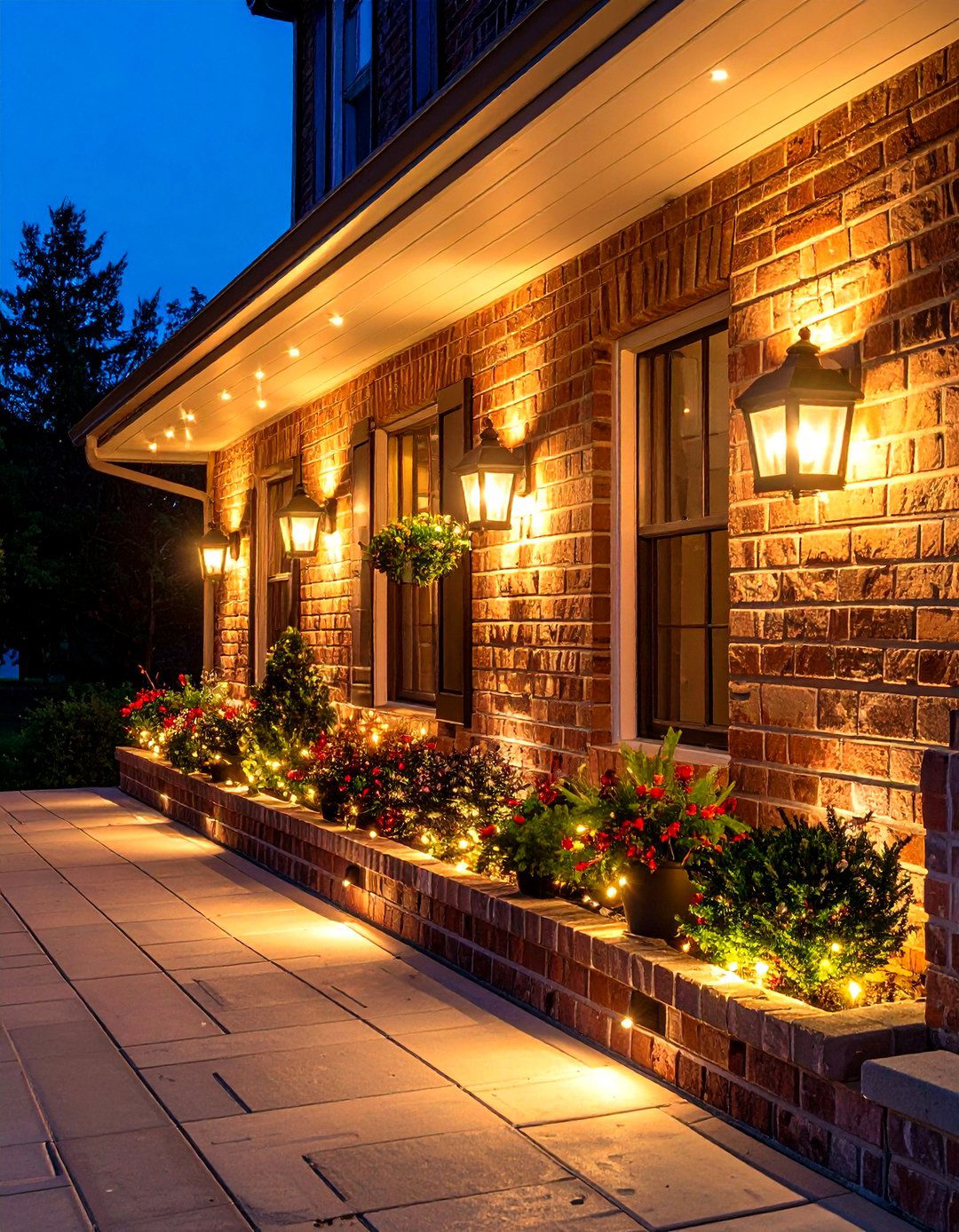
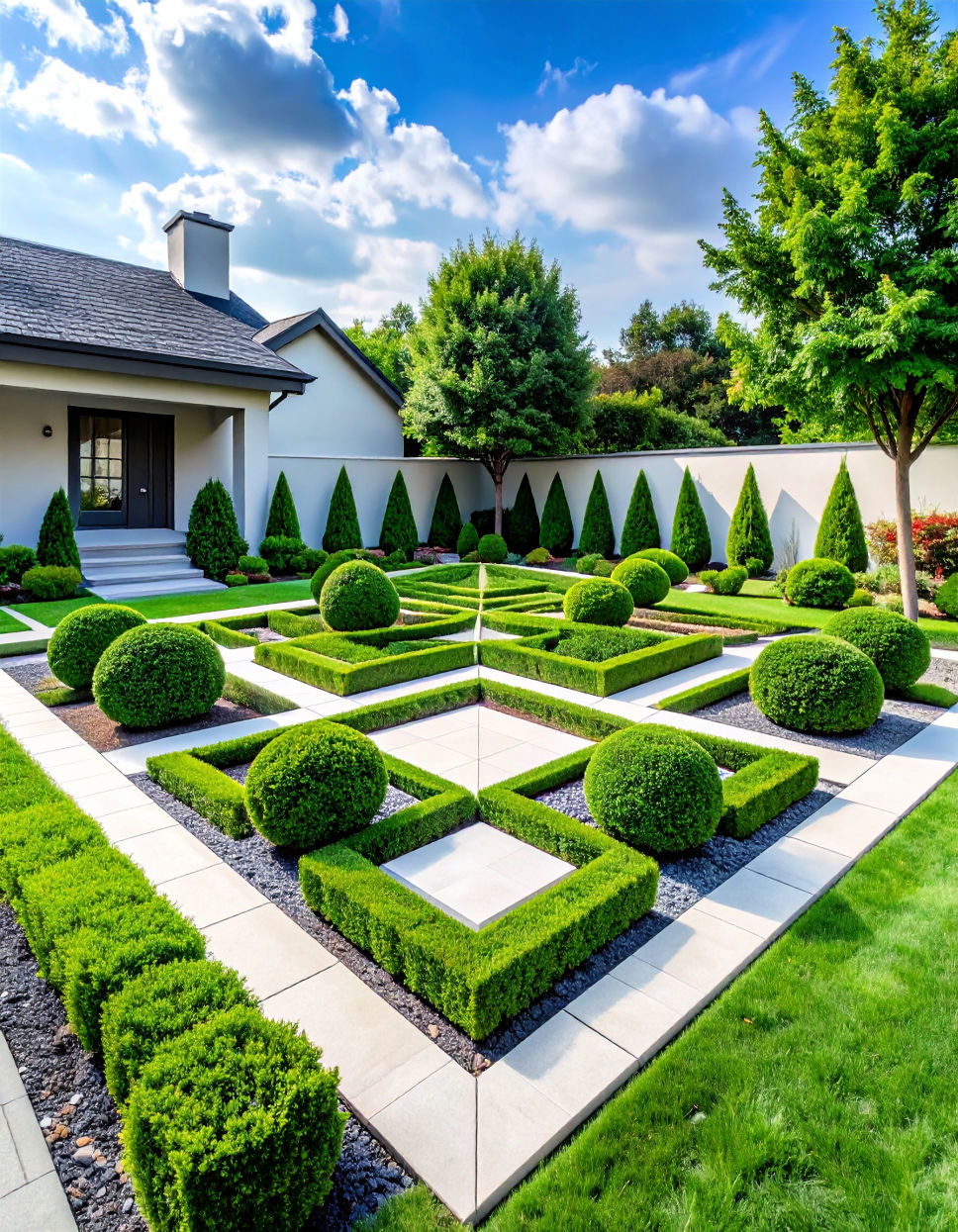
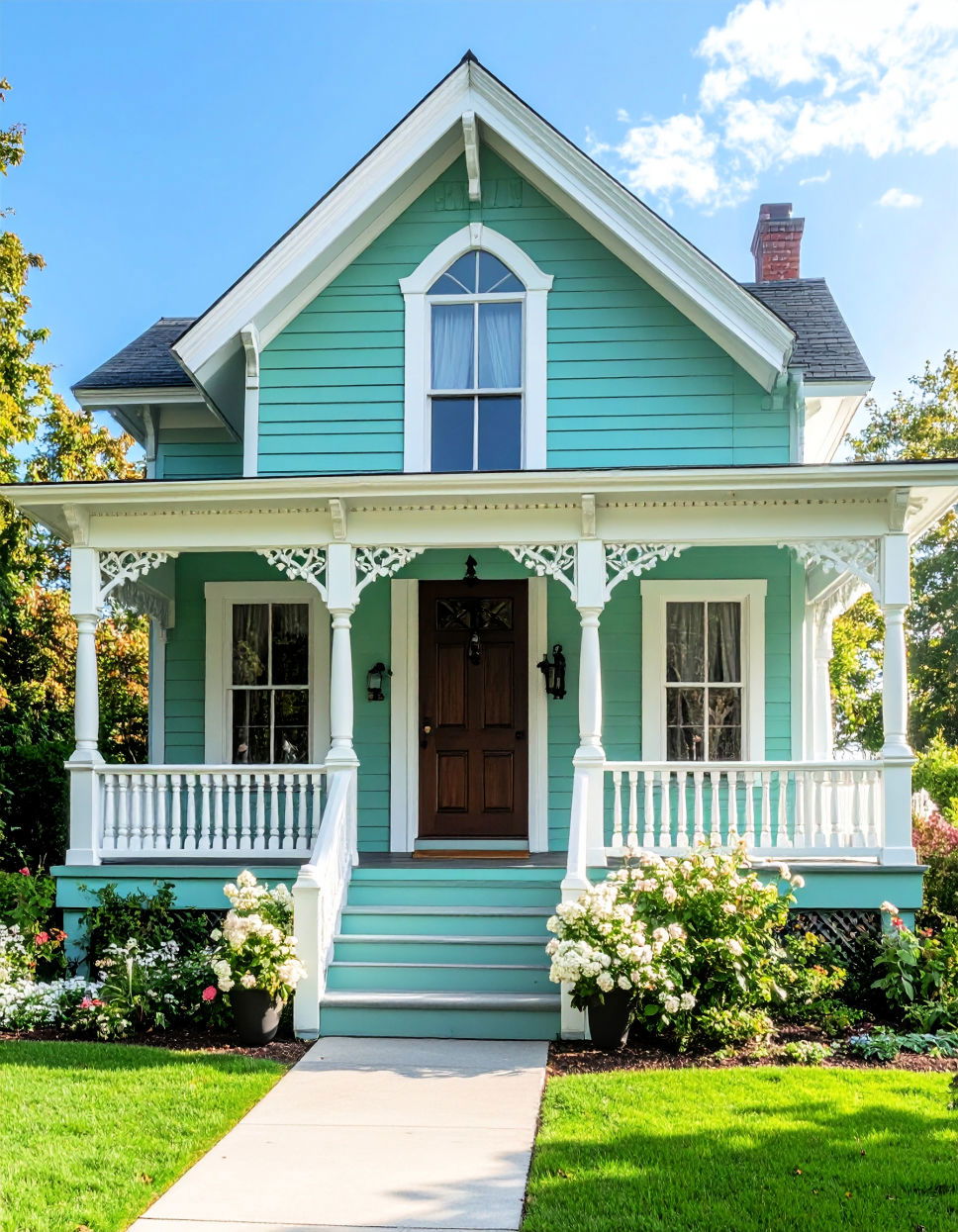
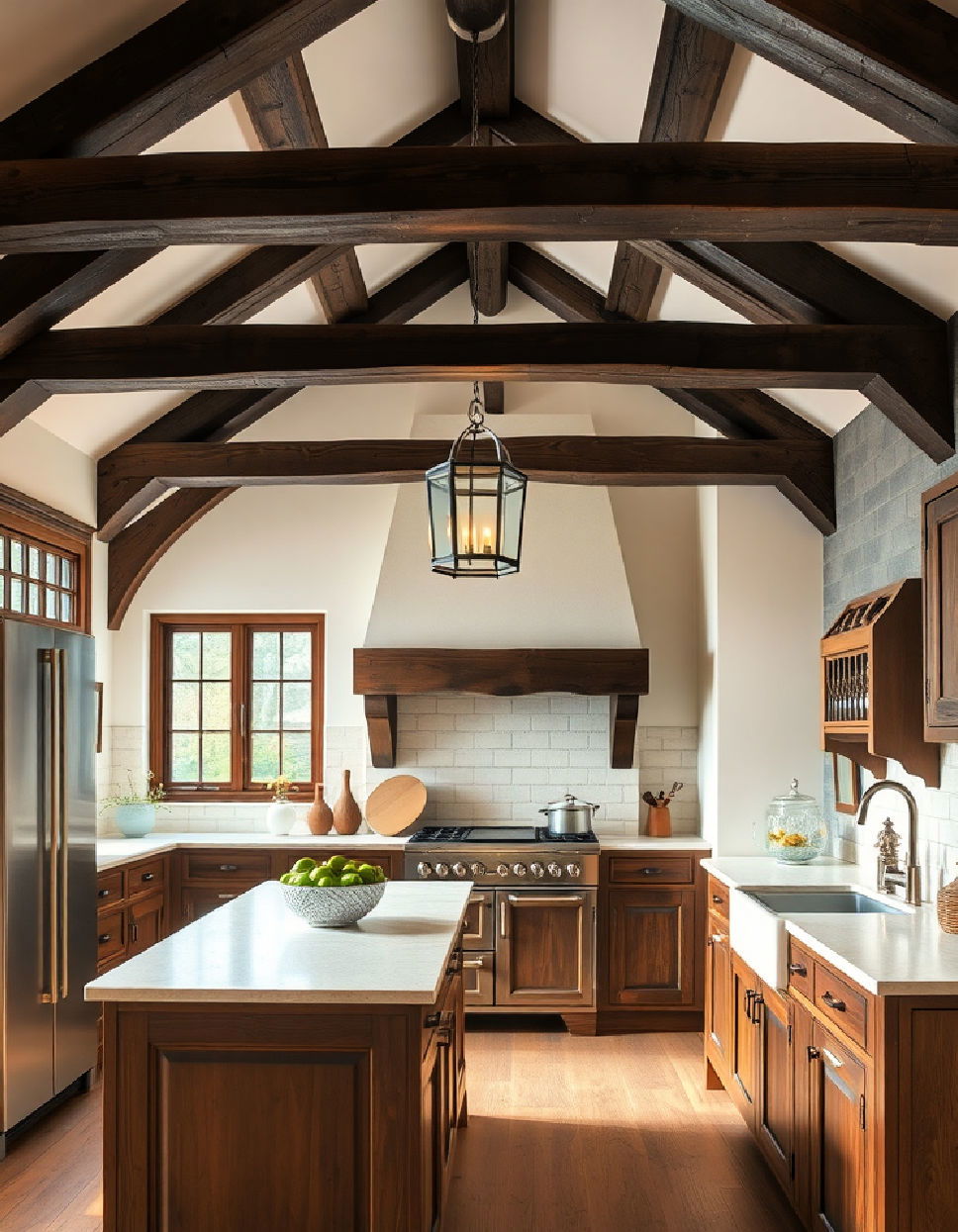
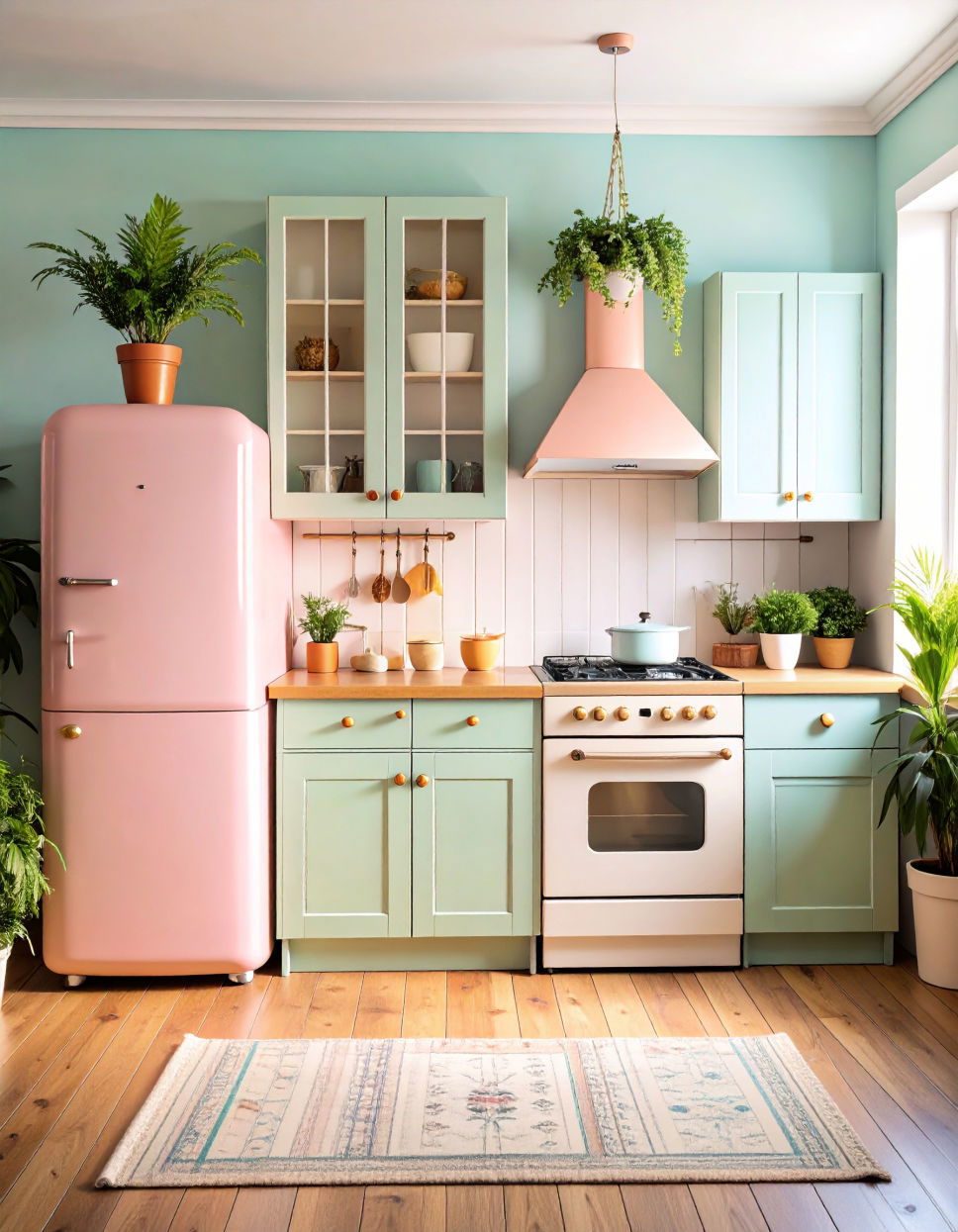
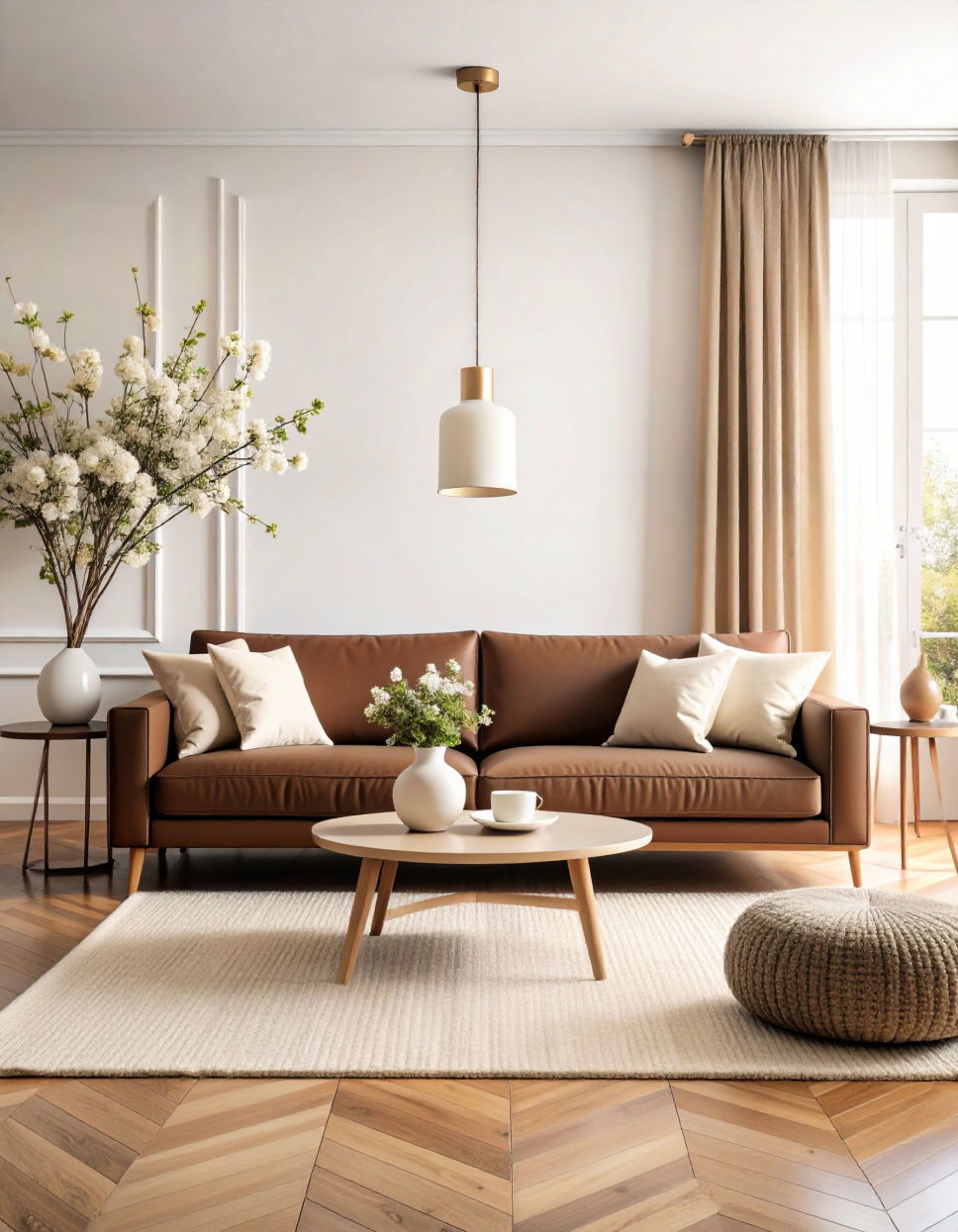
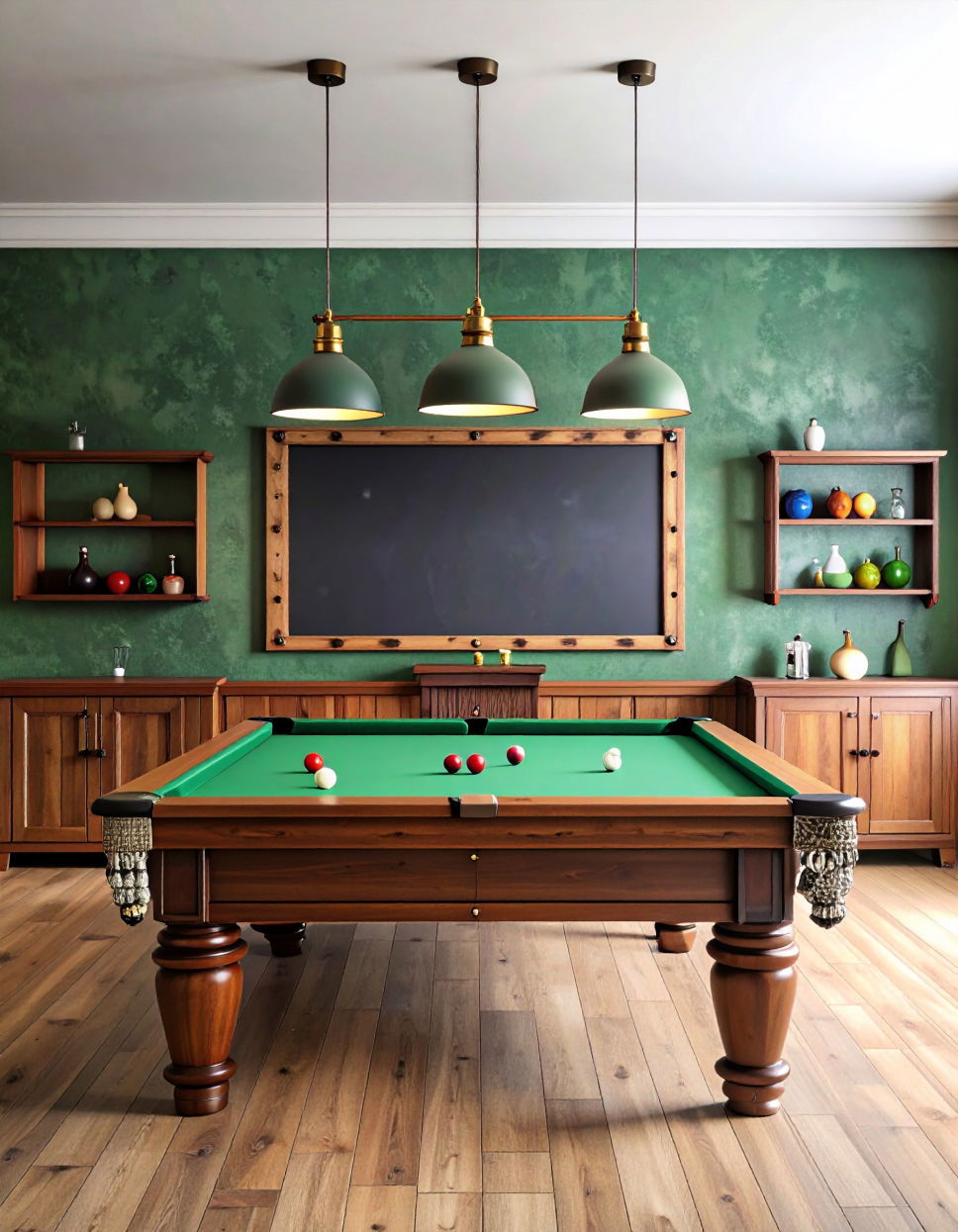
Leave a Reply